Rabbits are curious little creatures. That curiosity can get them into trouble, especially around food. One bite of something harmless to us—like an onion or a piece of bread—could seriously upset their sensitive systems.
Click Here to Check Out Our Eating Guide.

That's why understanding rabbit food toxicity isn't just helpful—it's a must. There are plenty of everyday items in your kitchen that should never find their way into your bunny's bowl.
This guide breaks down what's harmful, what's safe, and how to build a balanced diet for your rabbit that keeps them healthy and hopping.
Understanding the Sensitivity of Rabbit Digestive Systems
Rabbits rely on a very specific diet built around fiber. Their digestive tracts are finely tuned to break down plant matter, especially grass hay. Introducing the wrong foods—even in small amounts—can disrupt this balance and cause major issues like gas, diarrhea, or GI stasis.
Unlike dogs or cats, rabbits don't vomit. So once something goes in, it stays in. This makes avoiding toxic or inappropriate foods even more important.
Common Foods That Are Toxic to Rabbits
Some of the most dangerous foods might surprise you. They're not always labeled with warning signs, but they can have real consequences for your rabbit's health.
Avocados
Avocados contain persin, a fungicidal toxin that is especially dangerous for rabbits. This includes the flesh, skin, and pit. It can affect the heart and lungs and, in severe cases, lead to death.
Chocolate
The compound theobromine makes chocolate a big no for bunnies. Even a small nibble can impact their nervous and cardiovascular systems. Keep chocolate desserts, powders, and even cocoa mulch out of your rabbit's reach.
Onions, Garlic, and Chives
These all belong to the allium family. When consumed, they can damage red blood cells and cause anemia. Cooked or raw, powdered or whole—they all carry the same risk.
Caffeine
Coffee, tea, and energy drinks are off-limits. Even the smallest dose of caffeine can overstimulate your rabbit's system, raising heart rate and increasing anxiety or tremors.
Iceberg Lettuce
This lettuce contains lactucarium, a substance that can upset a rabbit's digestion and cause diarrhea. It also offers almost no nutritional value compared to darker, more fibrous greens, such as romaine or parsley.
Fruit Seeds and Pits
The seeds in apples, cherries, peaches, and pears contain cyanogenic compounds, which can release cyanide during digestion. While the flesh is safe in small amounts, always remove pits and seeds first.
High-Starch Foods Like Bread and Crackers
Rabbits need fiber, not starch. Processed grains like bread, pasta, or crackers may lead to obesity and gastrointestinal issues, especially if they replace hay in your rabbit's diet.
Human Snacks and Processed Treats
Cookies, chips, cereal bars—basically anything made for humans—should never be shared with your rabbit. They often contain sugars, salts, and preservatives that are harmful to health. Even a sweet lick off your fingers can set off stomach problems.
To explore a longer list of dangerous items, check out this curated list of poisonous foods and the "never feed" foods that aren't toxic but still inappropriate for bunnies.
Rabbit Food Toxicity: What You Might Not Realize
Rabbit food toxicity goes beyond obvious foods like chocolate. Even "healthy" items, such as certain vegetables or herbs, can be risky if consumed in excess or prepared incorrectly.

Here are some less obvious examples that highlight how rabbit-safe doesn't always mean rabbit-ideal:
Tomato leaves and stems – The fruit is okay in small amounts, but the green parts contain solanine, a toxic compound.
Rhubarb – Its high oxalic acid content can cause kidney damage in rabbits.
Potato peels and green potatoes – Like tomato greens, these are part of the nightshade family and should be avoided.
Houseplants – Many common indoor plants, including philodendrons, lilies, and aloe, are toxic to rabbits. They may nibble out of boredom, so keep these out of reach.
Understanding these subtleties helps protect your rabbit from accidental exposure. It's all part of developing that deeper awareness of how rabbit food toxicity can sneak in unnoticed.
Rabbit Hole Hay's Commitment to Safe and Nutritious Products
We believe that feeding your rabbit should be simple, safe, and supportive of their natural biology. That's why all our hay comes from trusted farms in Northern California and Southern Oregon. Our harvesting process is designed to preserve freshness and maximize fiber—two things your rabbit relies on every day.
If you're looking for a trusted place to start or upgrade your rabbit's diet, take a look at our guide to understanding your rabbit's diet. It's a solid foundation for new owners and a refresher for long-time rabbit lovers.
Safe Alternatives and Building a Balanced Diet
Once you know what to avoid, it becomes much easier to build meals and treat routines your rabbit will love. A healthy rabbit diet should center around hay, with fresh greens and the occasional treat to round things out.
High-Quality Hay
Timothy Hay is the gold standard for adult rabbits. It's rich in fiber and helps wear down their continuously growing teeth. Our Timothy Hay guide explains why it matters so much.
Fresh Leafy Greens
Stick with options like romaine, cilantro, basil, beet greens, and dandelion leaves. Rotate types to provide variety and a balanced diet. Avoid feeding the same green daily for long periods.
Vegetables in Moderation
Good choices include bell peppers, cucumber, zucchini, and carrots (in small doses). Introduce one veggie at a time so you can watch for any changes in digestion.
Fruits as Occasional Treats
Limit fruits to no more than 1–2 tablespoons per 5 pounds of body weight. Safe options include banana slices, strawberries, and apple pieces (no seeds).
Pellets (With Limits)
Choose a plain, high-fiber pellet made specifically for rabbits. Avoid mixes with dried fruit, seeds, or colorful bits. Pellets should be a small part of their daily intake.
Fresh Water
Always offer clean water. Some rabbits prefer bowls to bottles, and that's okay—make sure the water stays clean and easy to access.
How to Choose Treats That Don't Trigger Rabbit Food Toxicity
Treats are a fun part of bonding with your rabbit—but not all treats are created equal. Many commercial rabbit snacks on the market include added sugars, artificial flavors, seeds, or even yogurt drops, all of which can create problems over time.
Here's what to look for when choosing or making treats for your bunny:
Ingredients to Avoid in Treats
Added sugars: Cane sugar, molasses, or corn syrup are unnecessary and harmful.
Dairy products: Rabbits are herbivores and shouldn't consume milk, cheese, or yogurt-based treats.
Nuts and seeds: While they might show up in some mixed snacks, these are high in fat and can lead to digestive issues.
Rabbit-Safe Treat Ingredients
Dehydrated herbs: Mint, parsley, or basil in dried form make for fragrant and rabbit-approved treats.
Oat-based bites: Small quantities of rolled oats combined with safe fruit can be baked into homemade treats.
Freeze-dried fruit: These should be served sparingly, but are a natural option with no added ingredients.
If you're looking for ideas, check out our blog on DIY rabbit treats. Making your own snacks lets you control exactly what goes into your rabbit's diet, and it can be a fun weekend activity too.
Why Rabbits Sometimes Try to Eat Dangerous Foods
It's not uncommon to find your rabbit trying to chew on something they shouldn't. This doesn't always mean they're hungry—it could be boredom, curiosity, or just part of their natural chewing behavior.
Understanding these behaviors helps you create a safer home environment and reduce the chances of accidental exposure to toxic foods.

Common Triggers That Lead to Unsafe Snacking
Boredom: Rabbits need daily stimulation. Without it, they may explore new items, including harmful ones, out of curiosity.
Free roaming access: If your rabbit has access to the kitchen or trash, they could find dangerous food scraps.
Human sharing: It's easy to slip up and offer something from your own plate, but not all "people food" is bunny-safe.
How to Reduce Risk at Home
Rabbit-proof your home using chew guards or barriers around electrical cords and furniture.
Keep human food out of reach, and avoid eating around your rabbit if they tend to beg or explore your plate.
Rotate toys and offer regular enrichment to reduce boredom and unwanted chewing.
Rabbit Food Toxicity: Final Thoughts
Rabbit food toxicity isn't just about avoiding a few well-known ingredients. It's a matter of being vigilant for hidden dangers, understanding rabbit digestion, and establishing a lifestyle that prioritizes safety and health.
If you ever suspect your rabbit has eaten something toxic, don't wait—contact a rabbit-savvy vet immediately. Fast action can make all the difference.
And if you want to dive deeper into rabbit nutrition, our hay diet guide walks through why hay matters so much and which types are best for your bunny's age and needs.
Key Takeaways for Keeping Your Rabbit Safe
Always avoid foods like chocolate, avocado, iceberg lettuce, and anything high in sugar or starch.
Rabbit food toxicity can come from less obvious sources like tomato leaves, rhubarb, or houseplants—know the risks.
A balanced diet built around hay, safe greens, and the right treats is the best way to support your rabbit's health.
Your rabbit counts on you to make safe food choices every day. With the right info and a little prep, that's not just doable—it's simple.


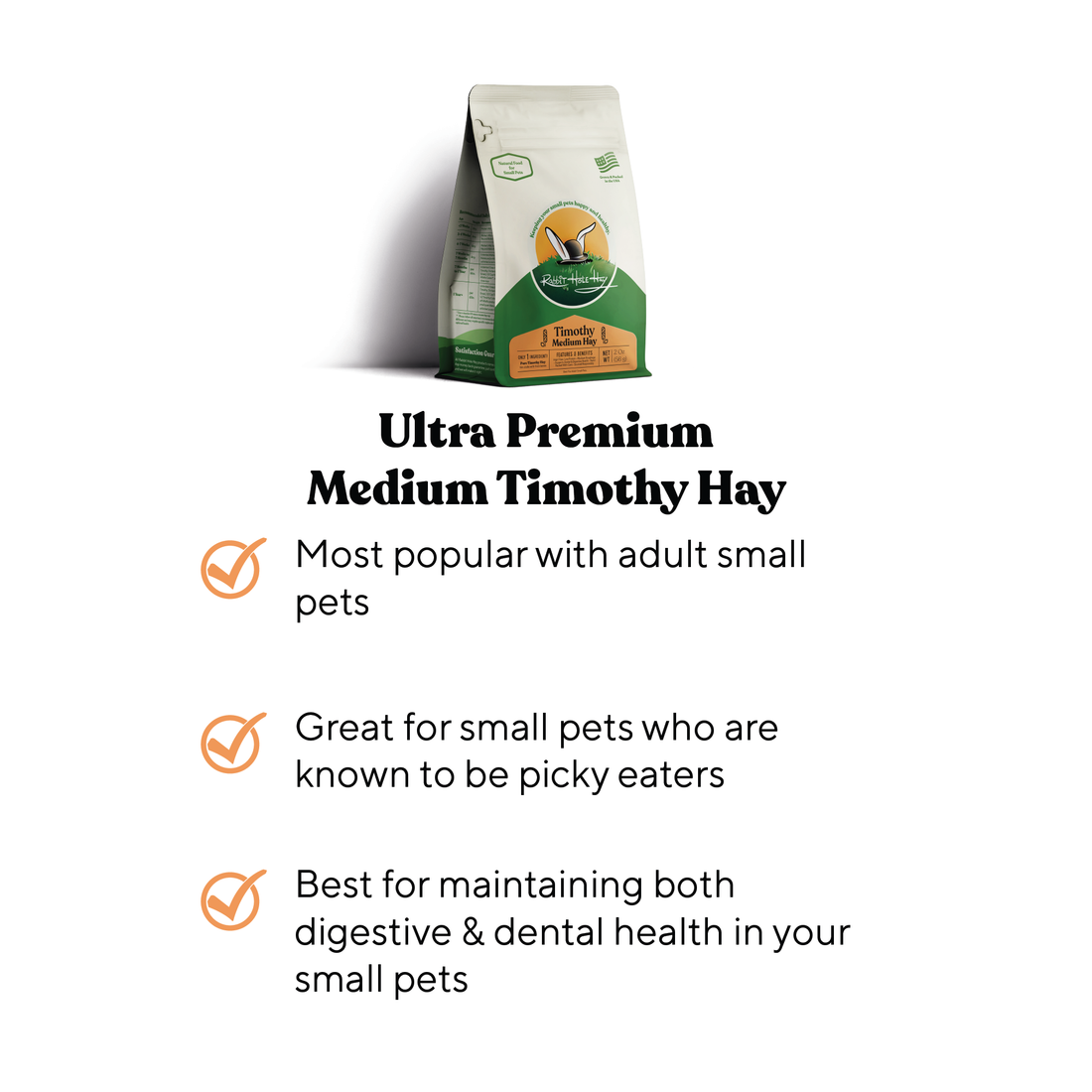



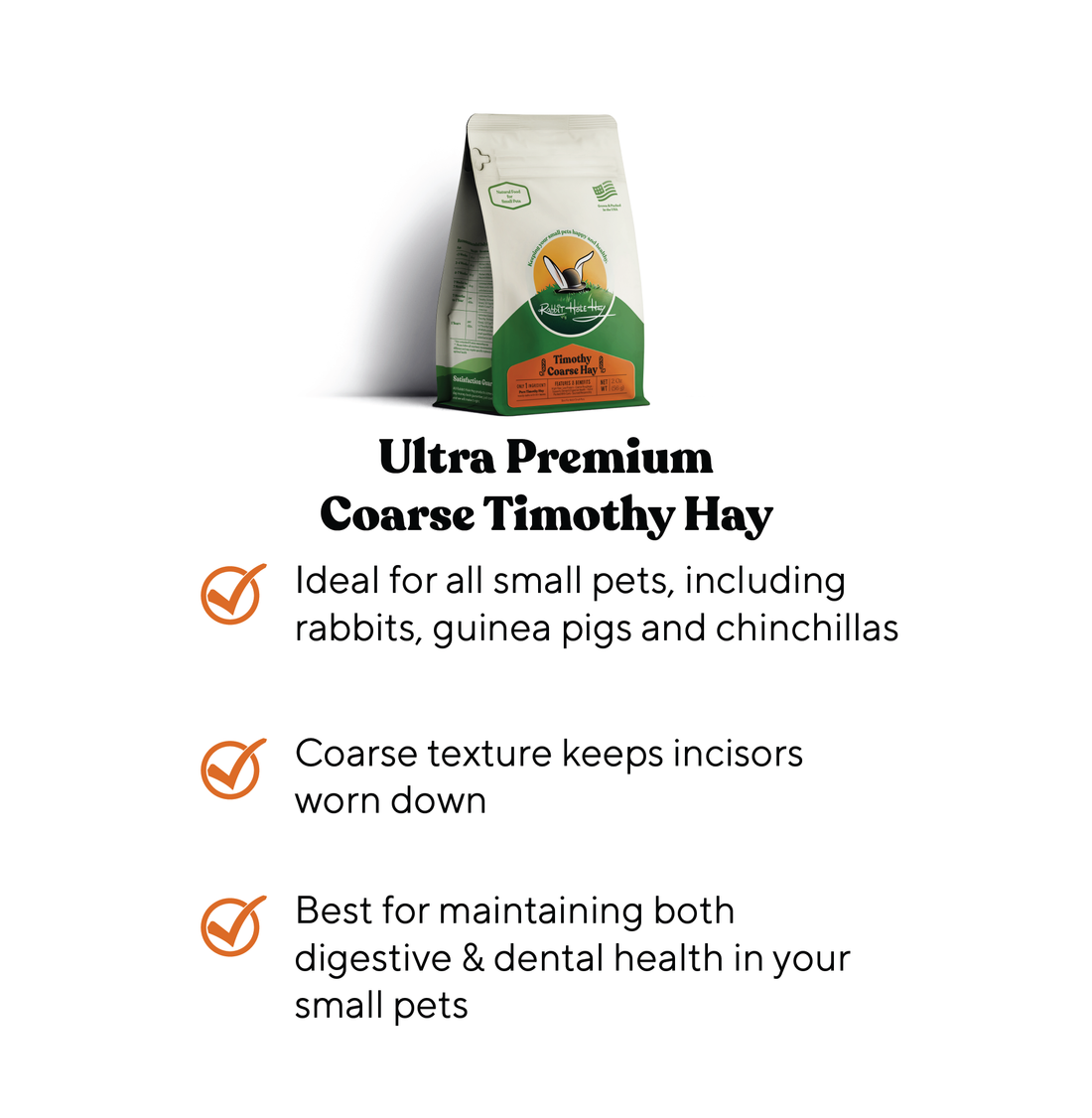
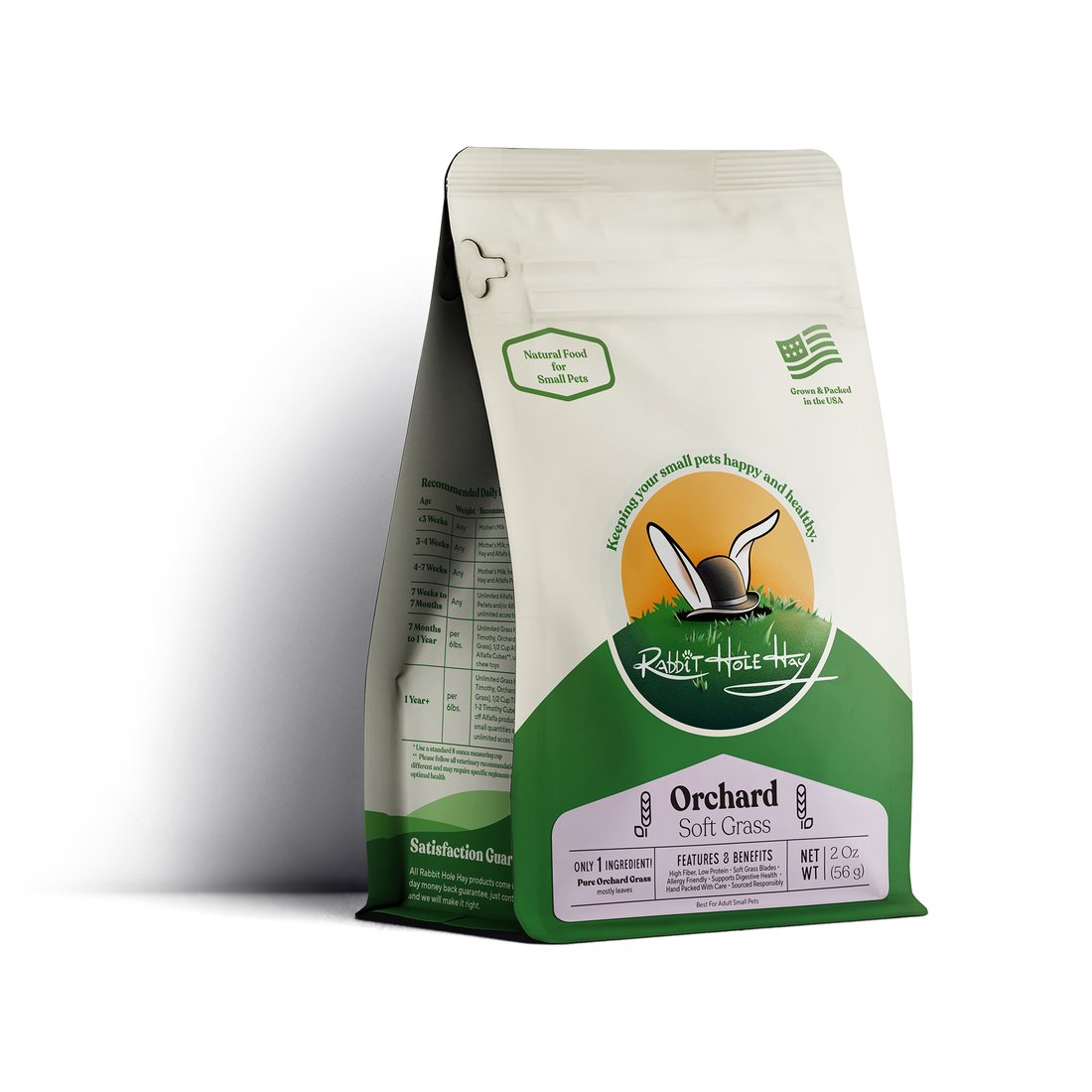
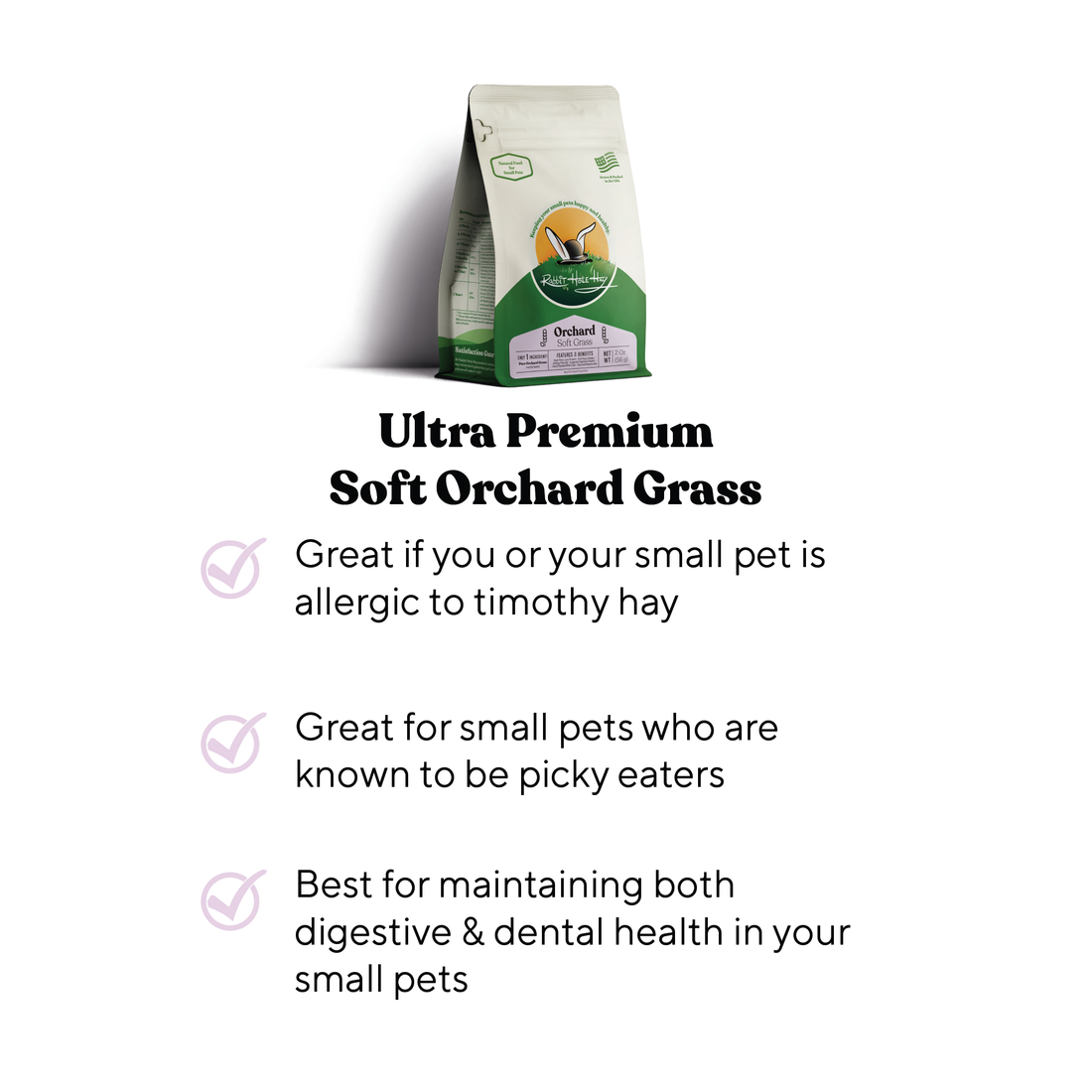
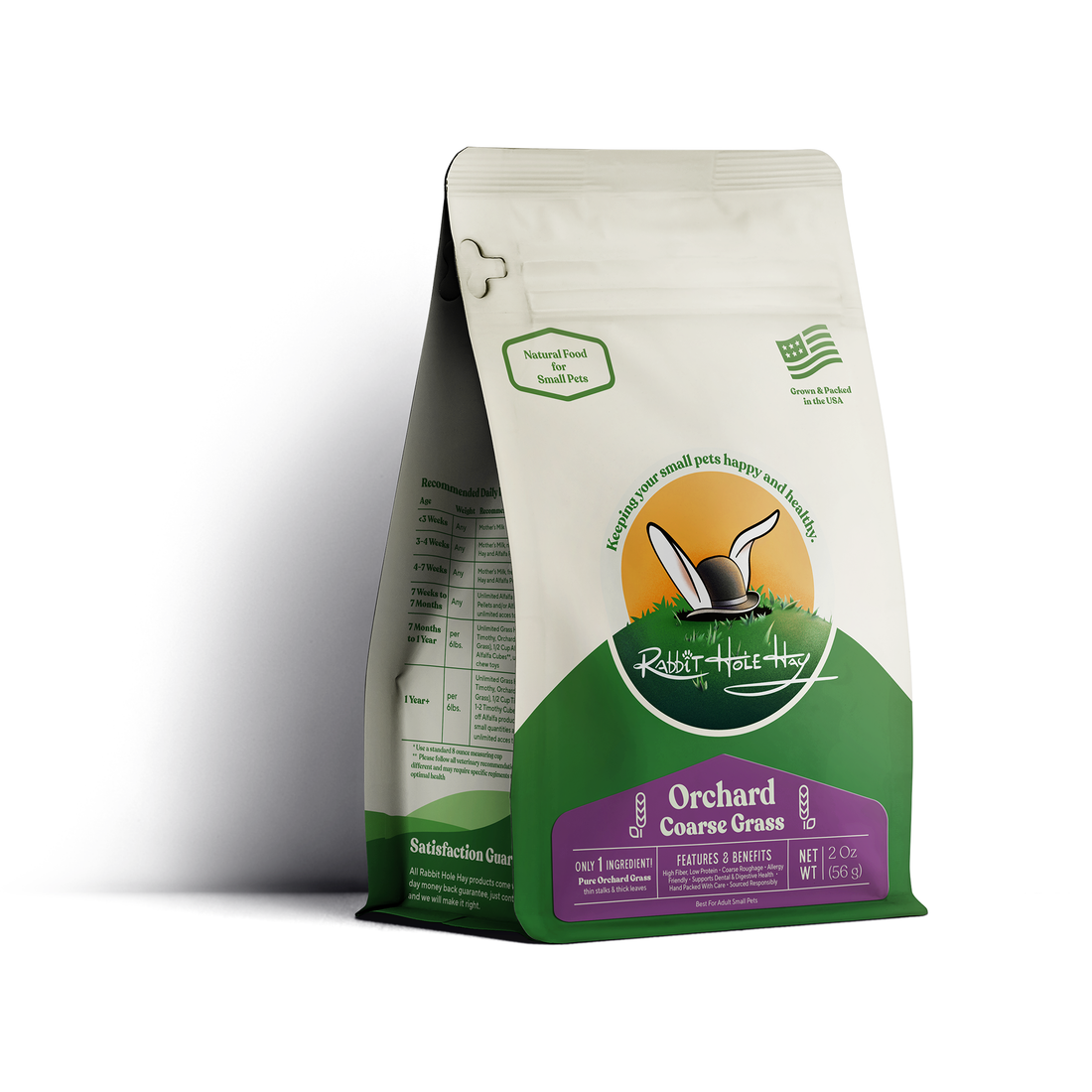
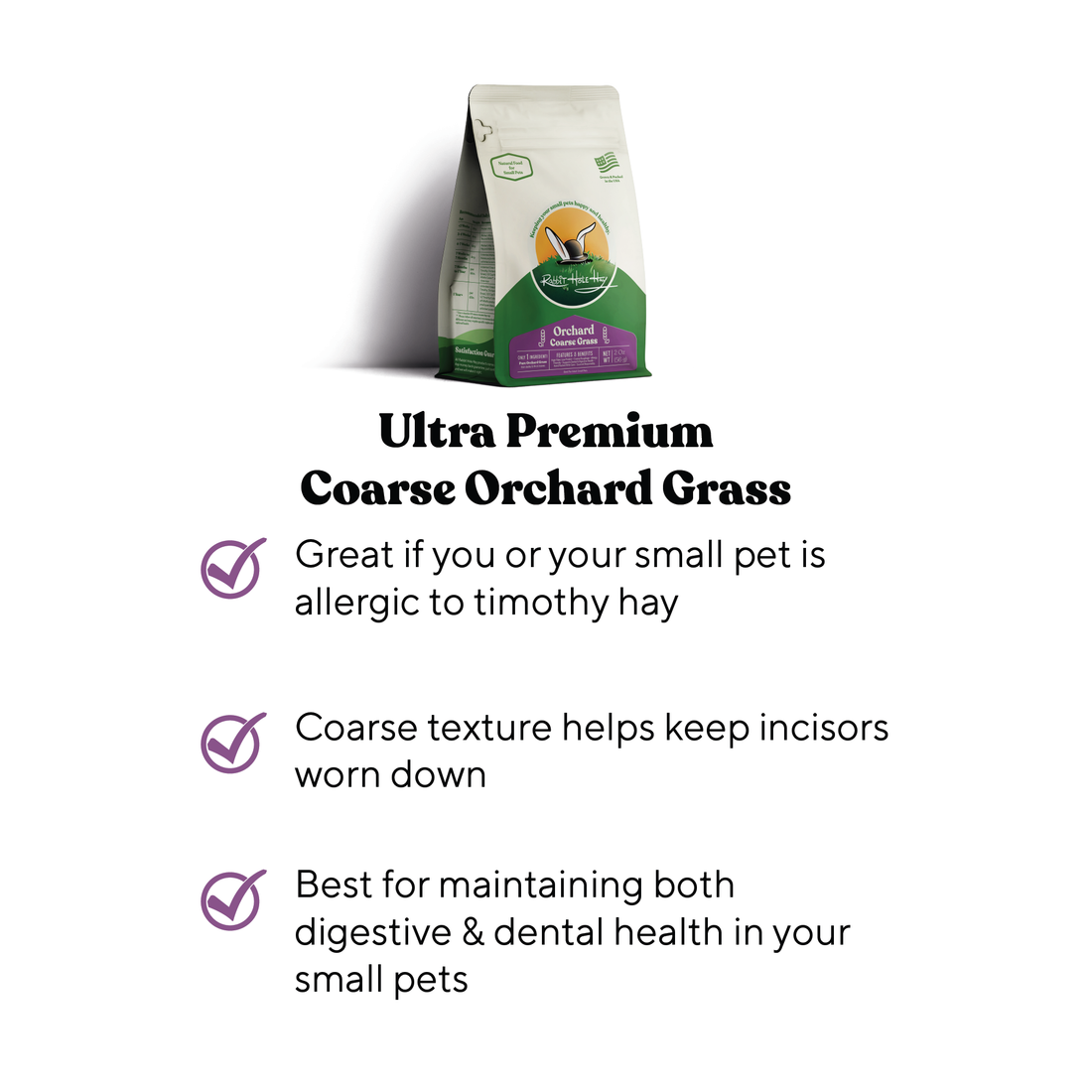
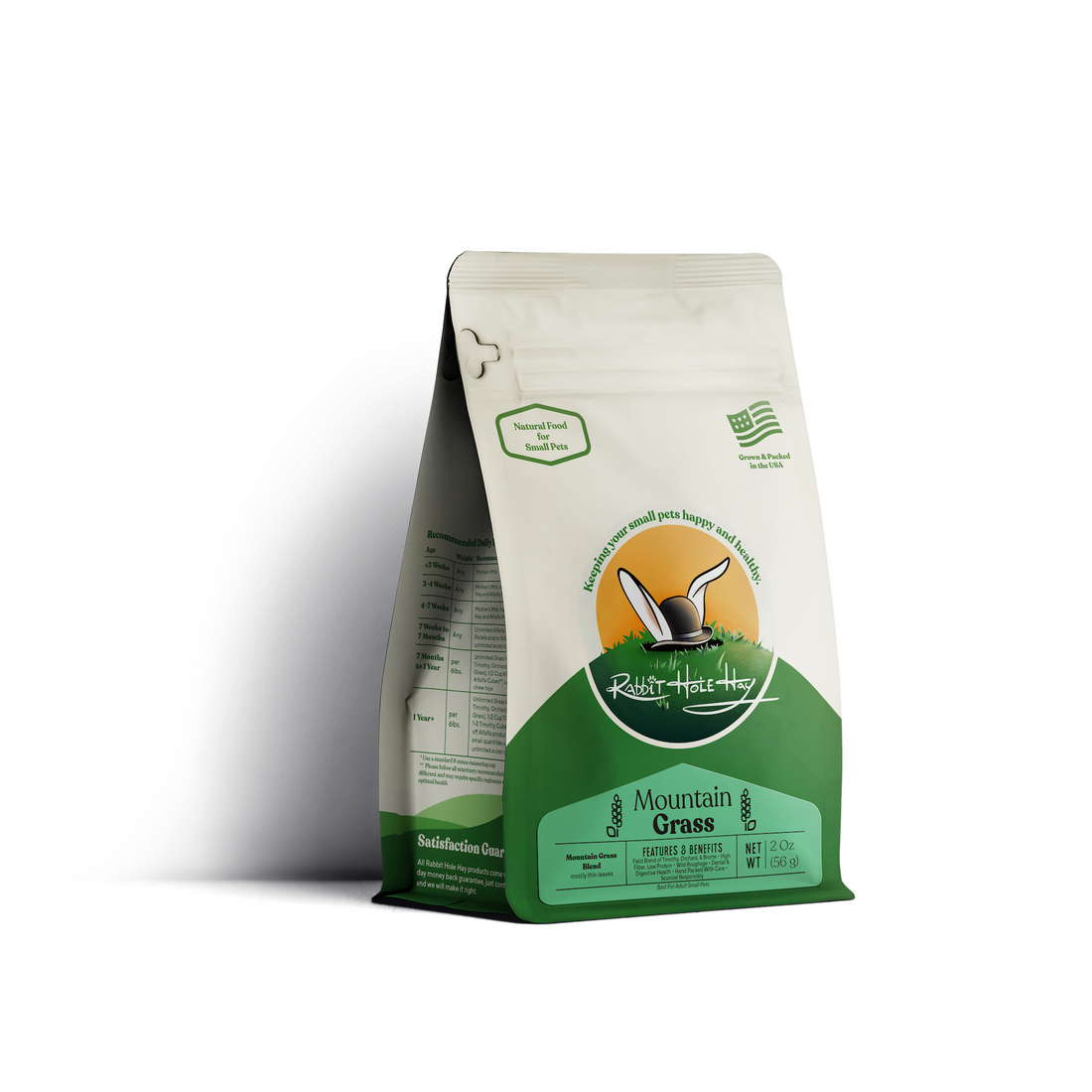
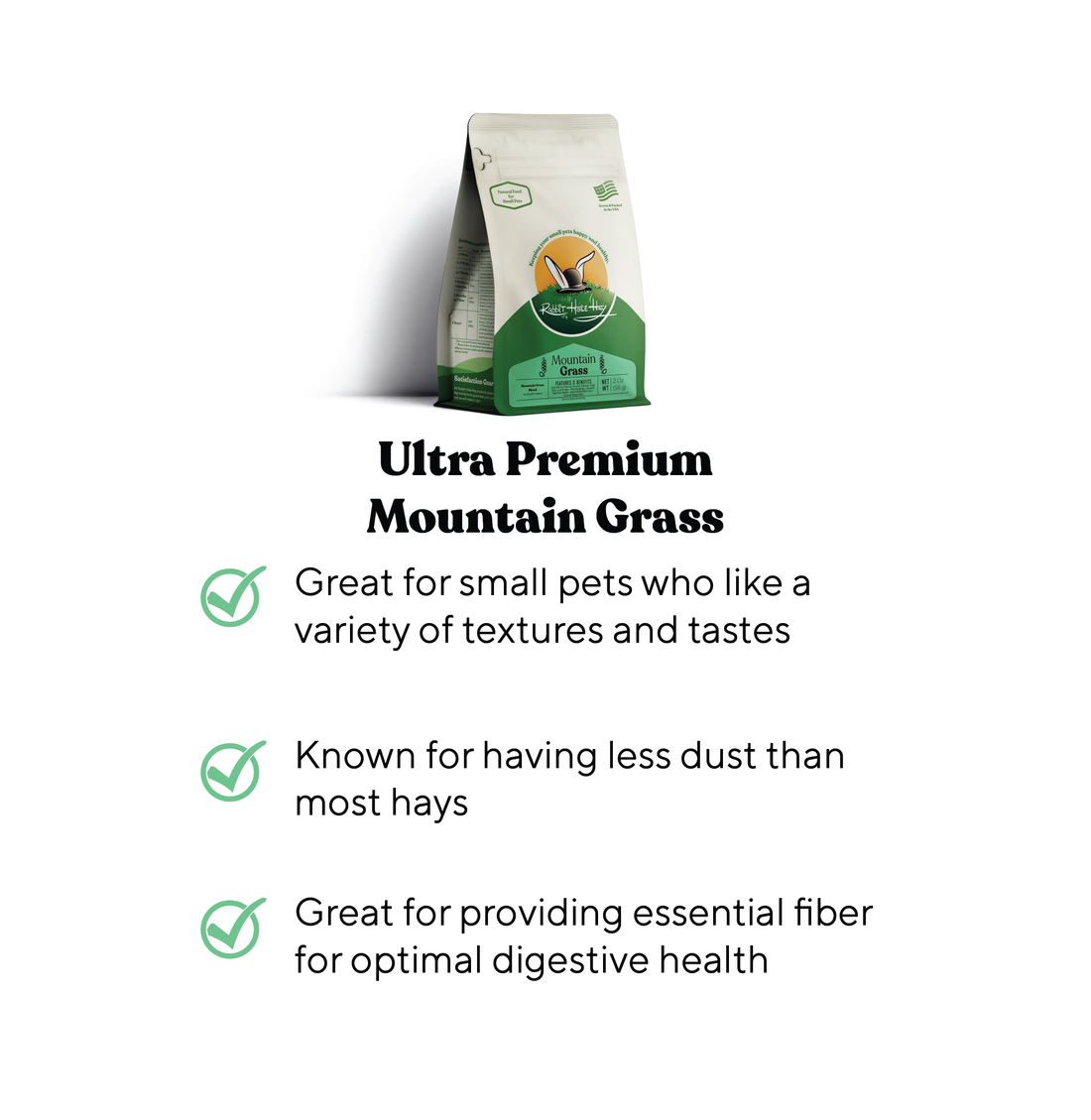
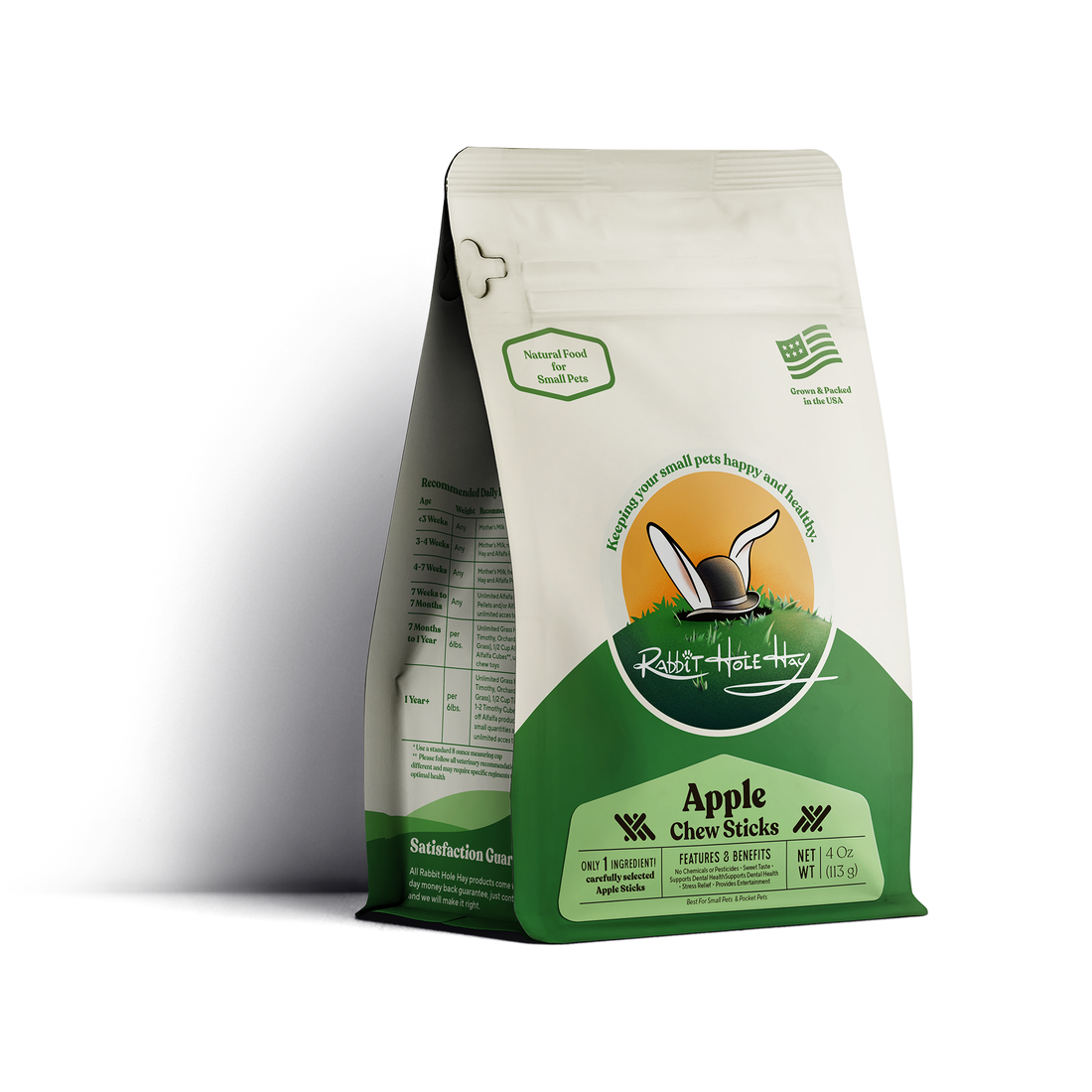
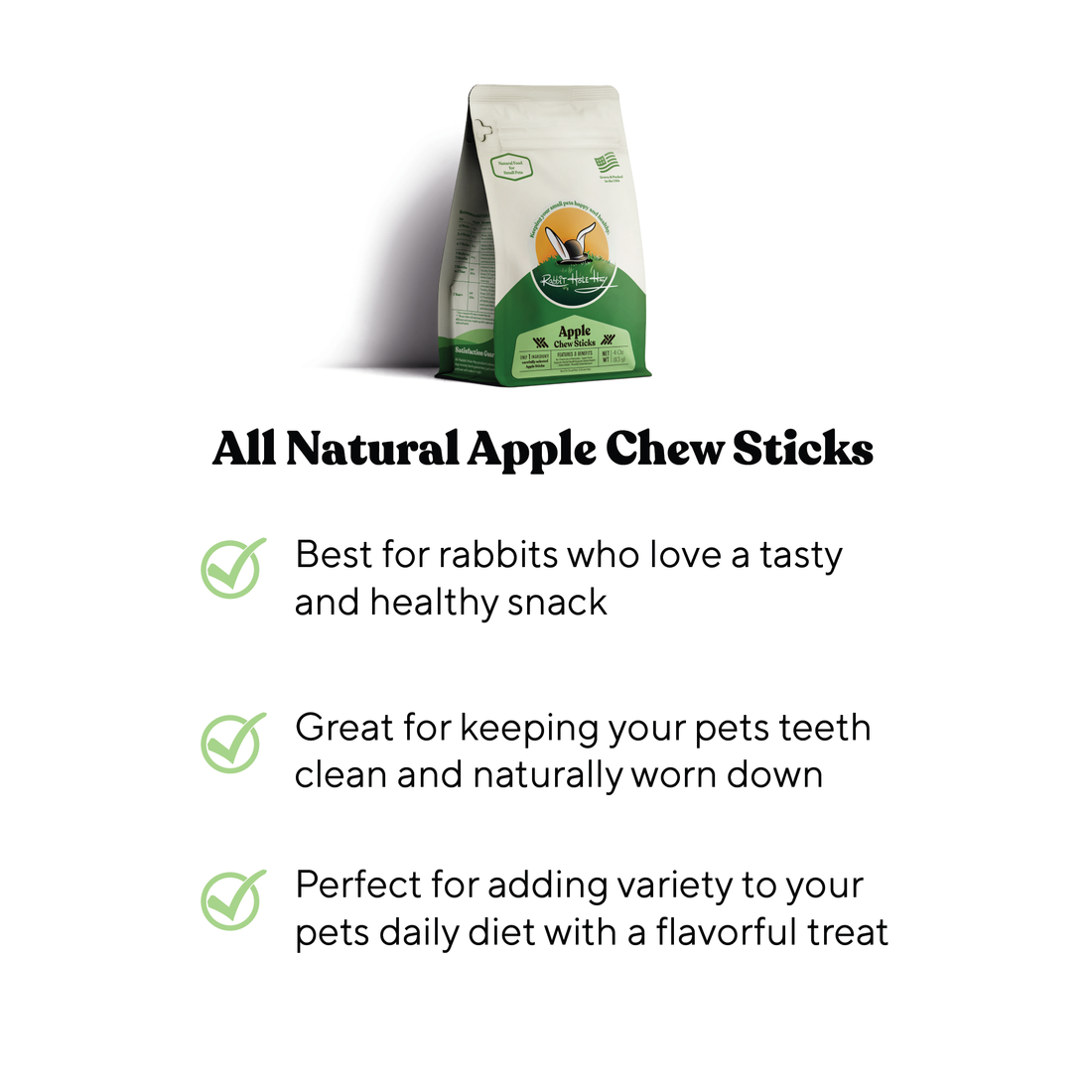


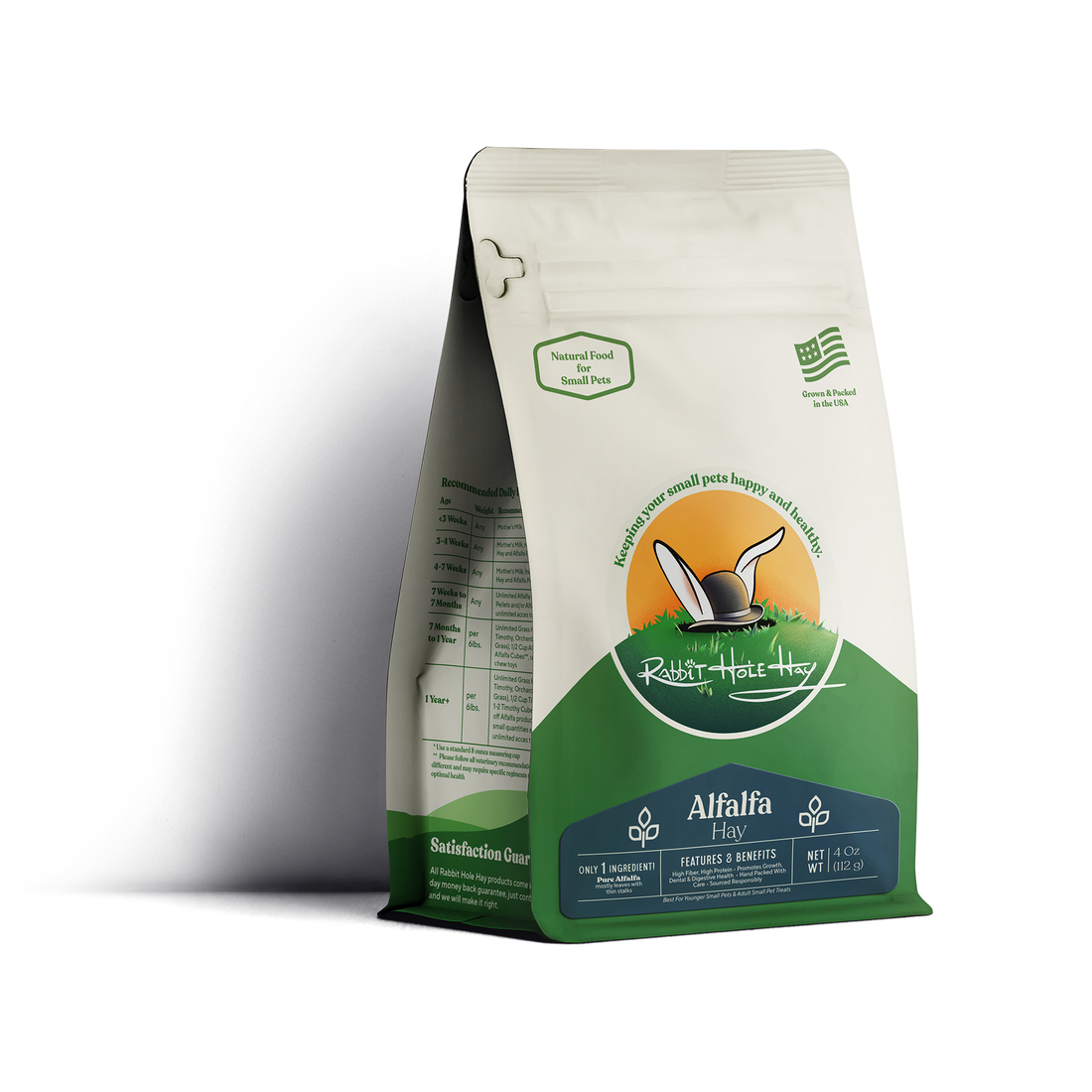

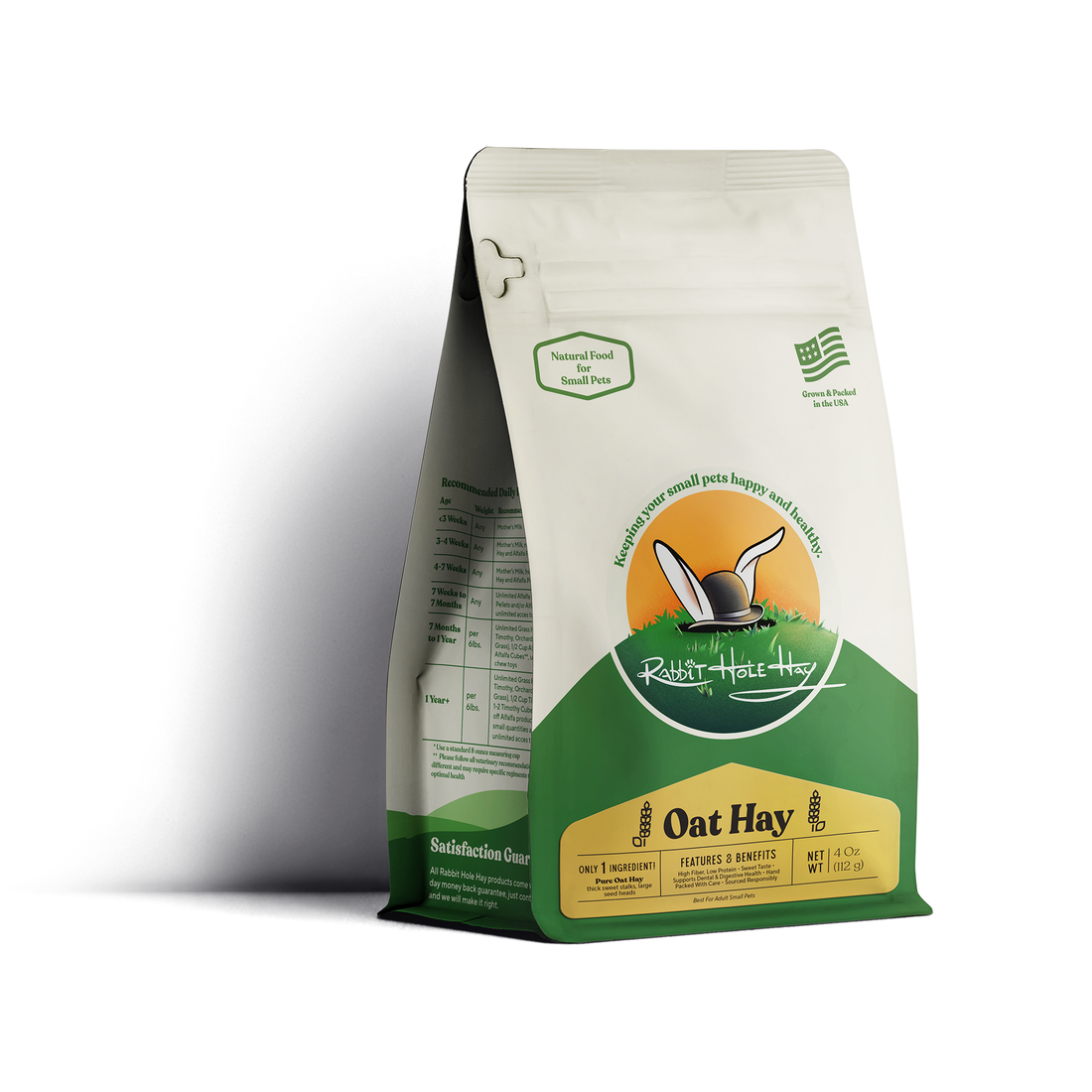
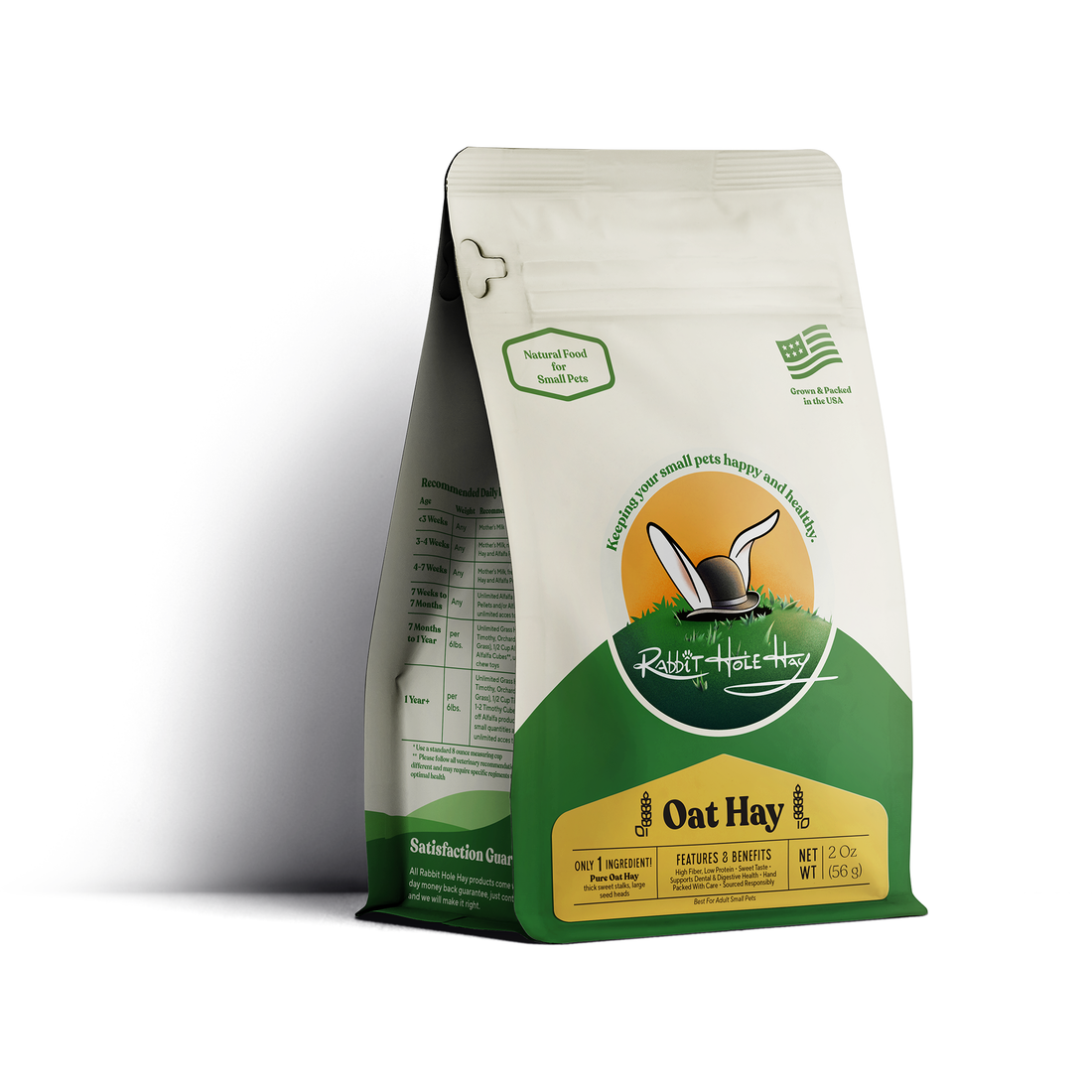
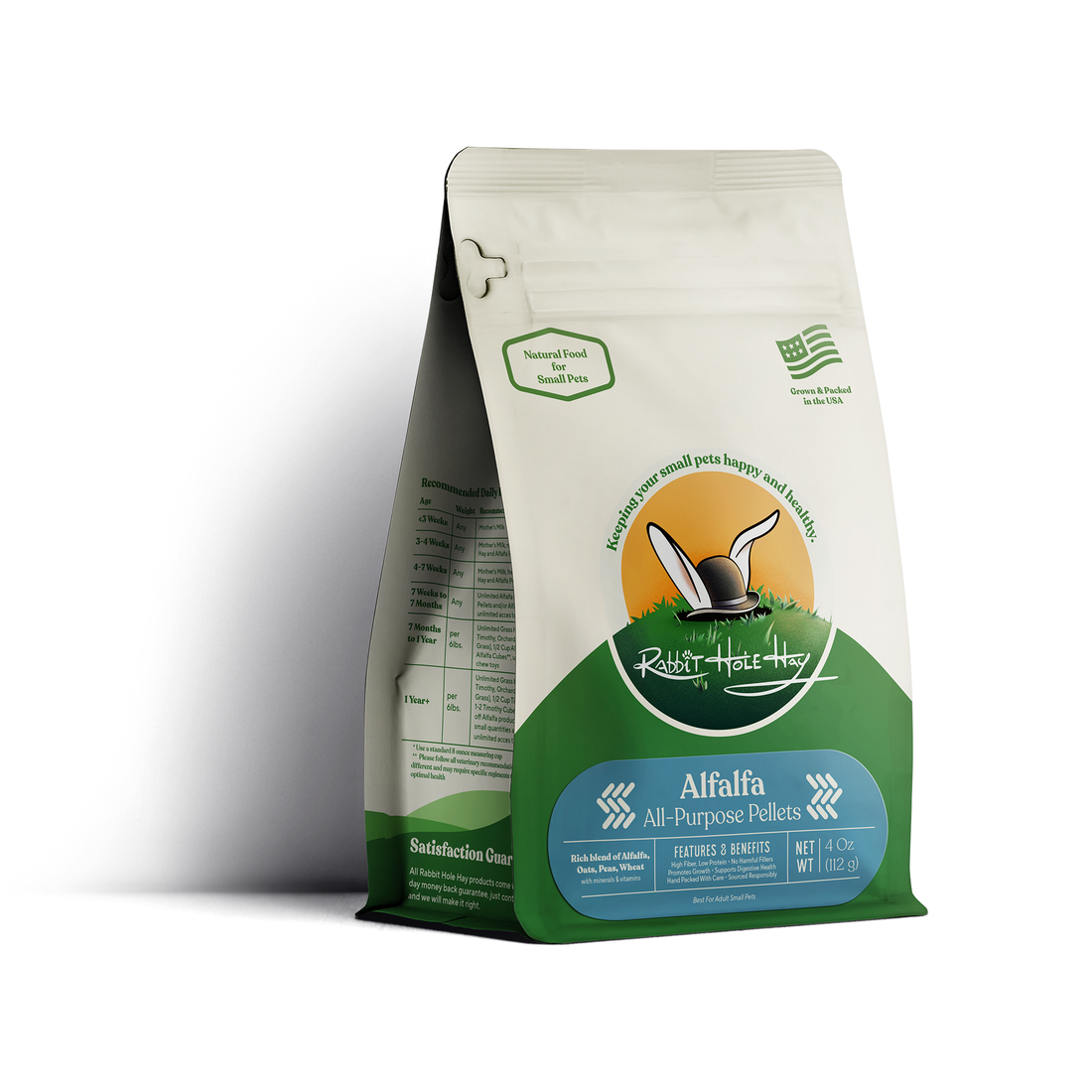

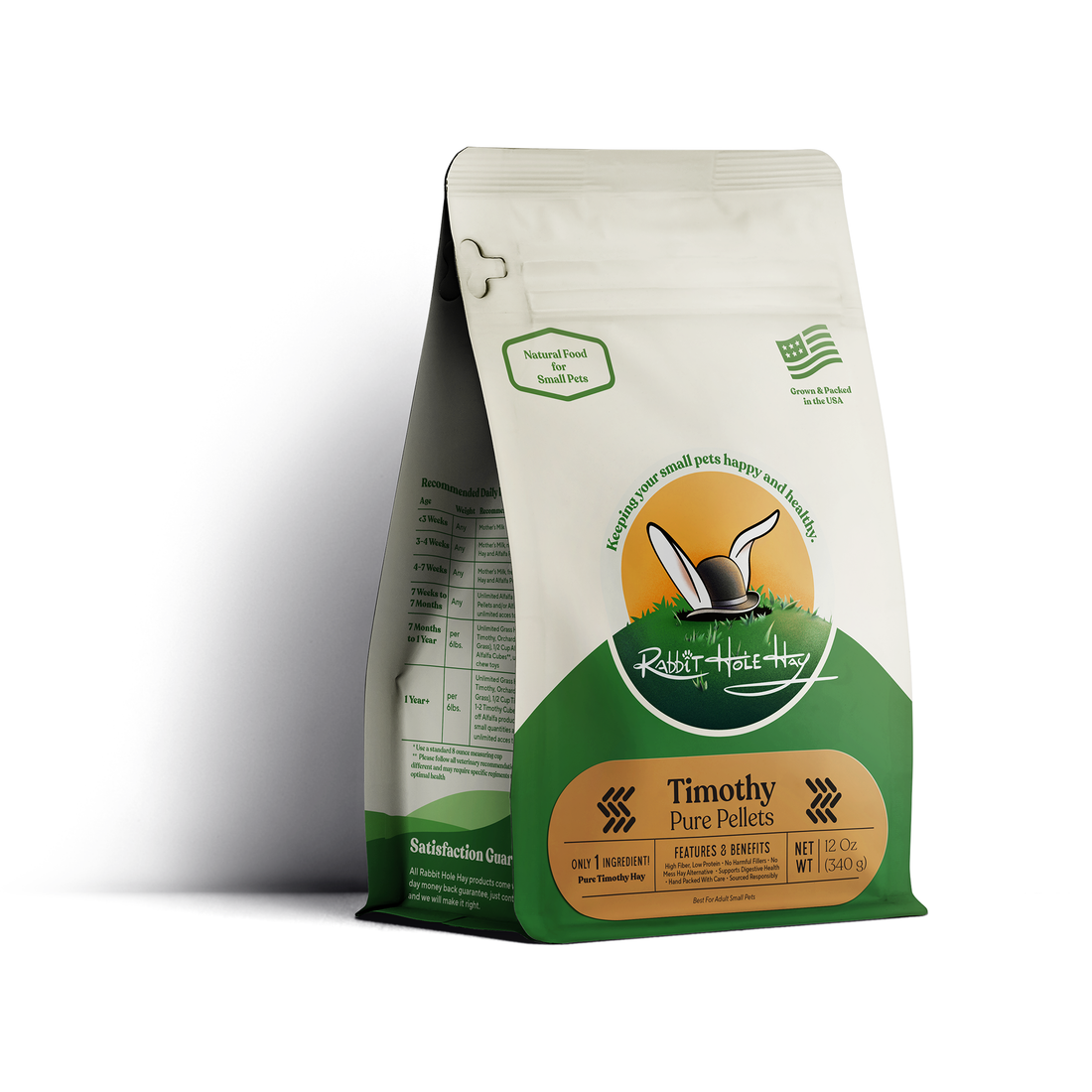
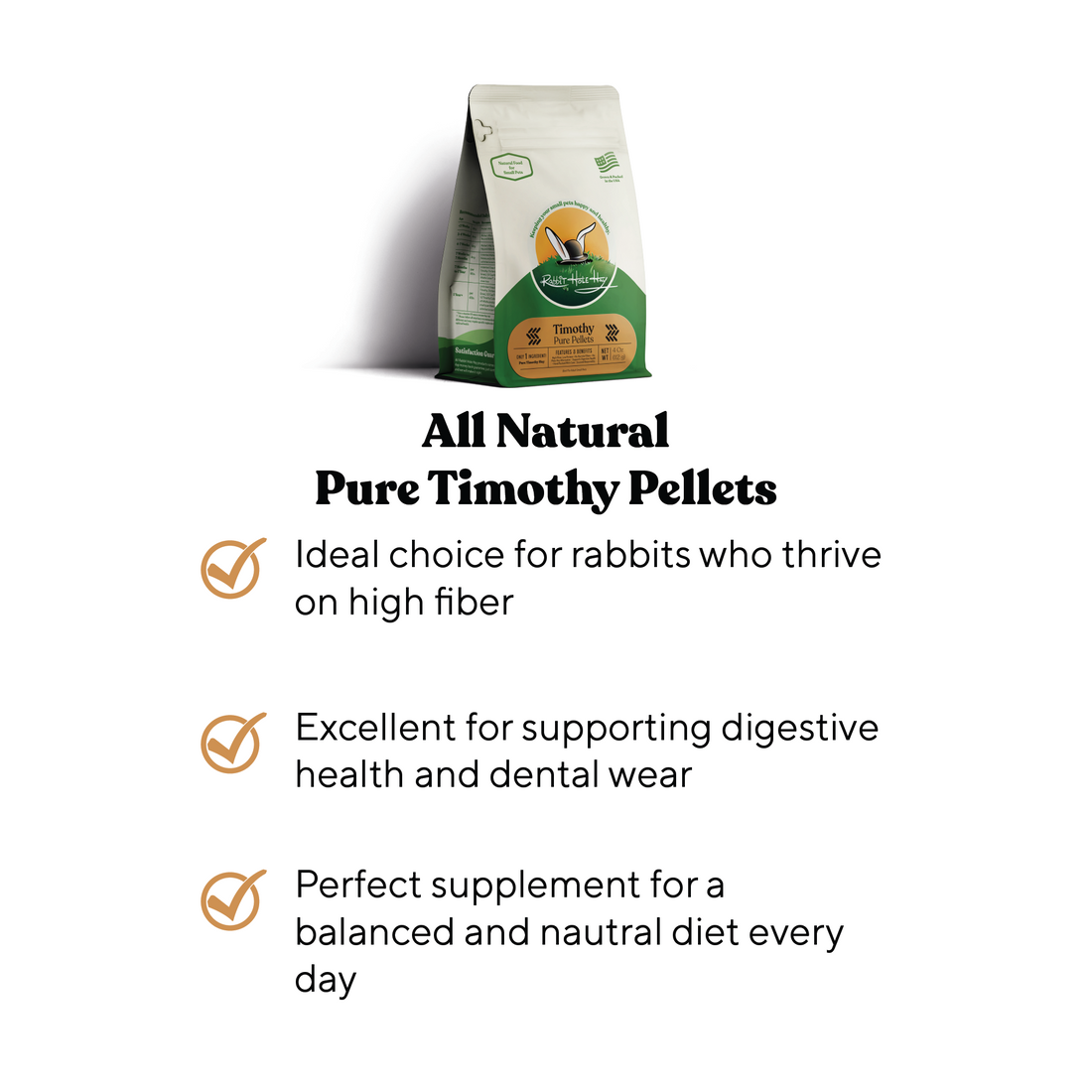
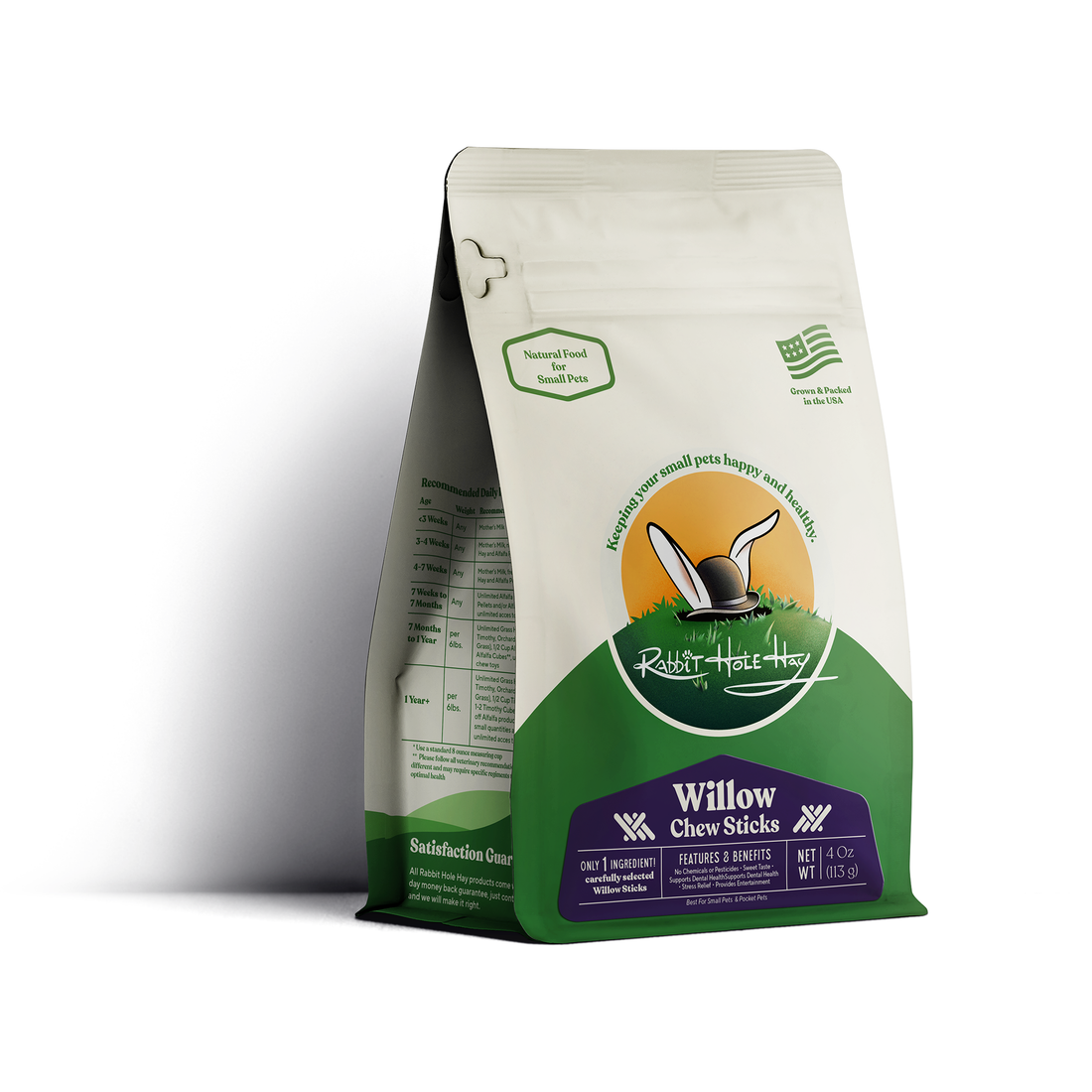

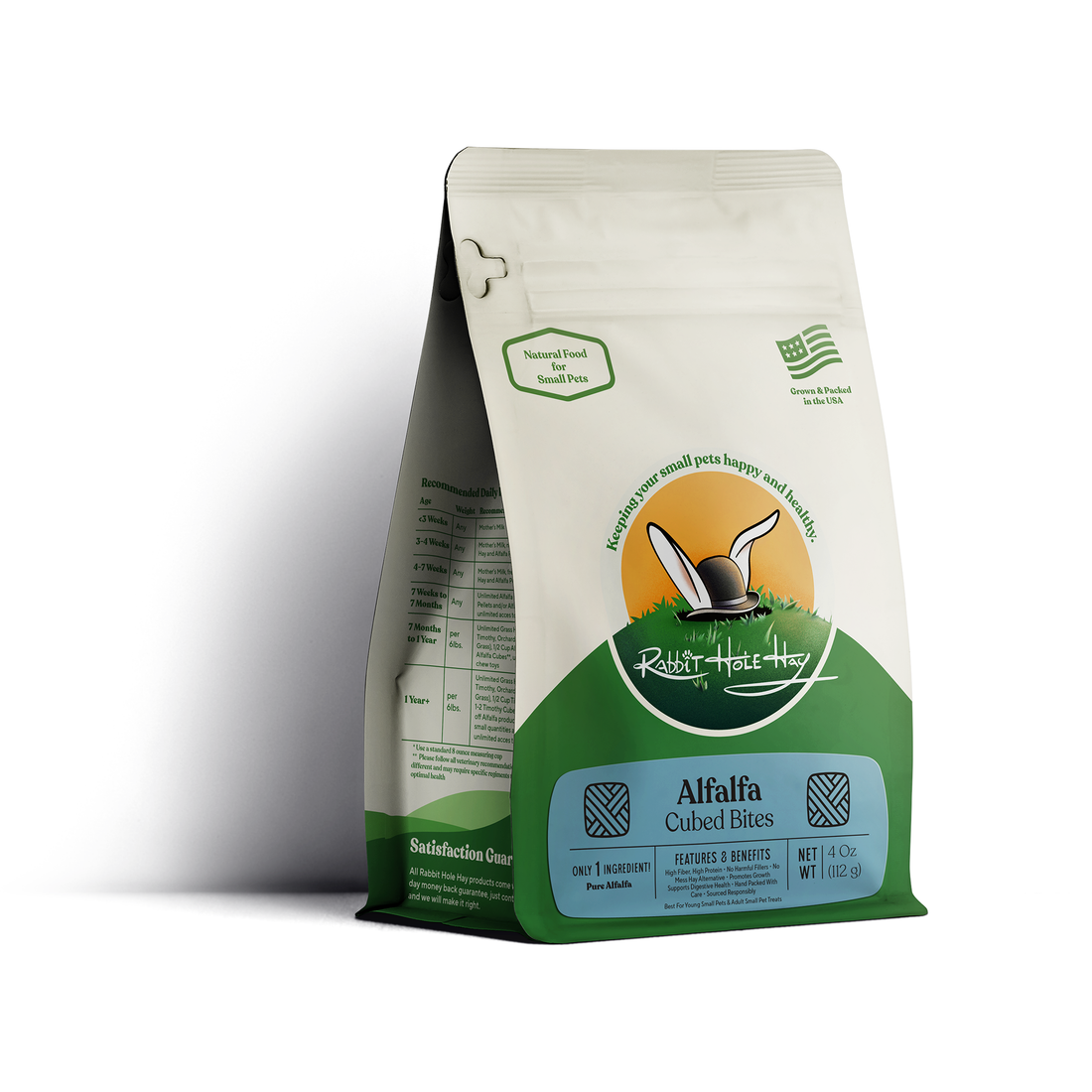
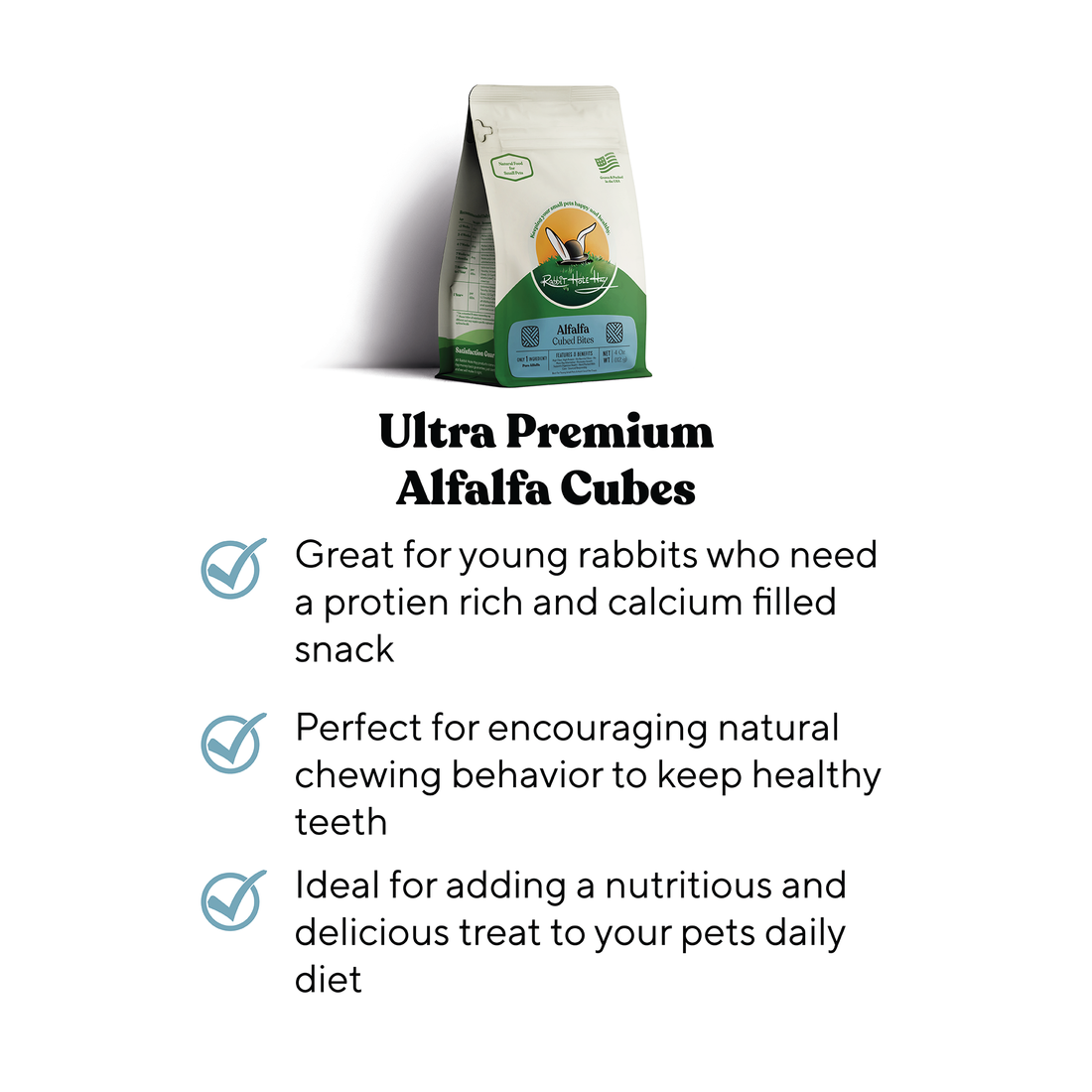
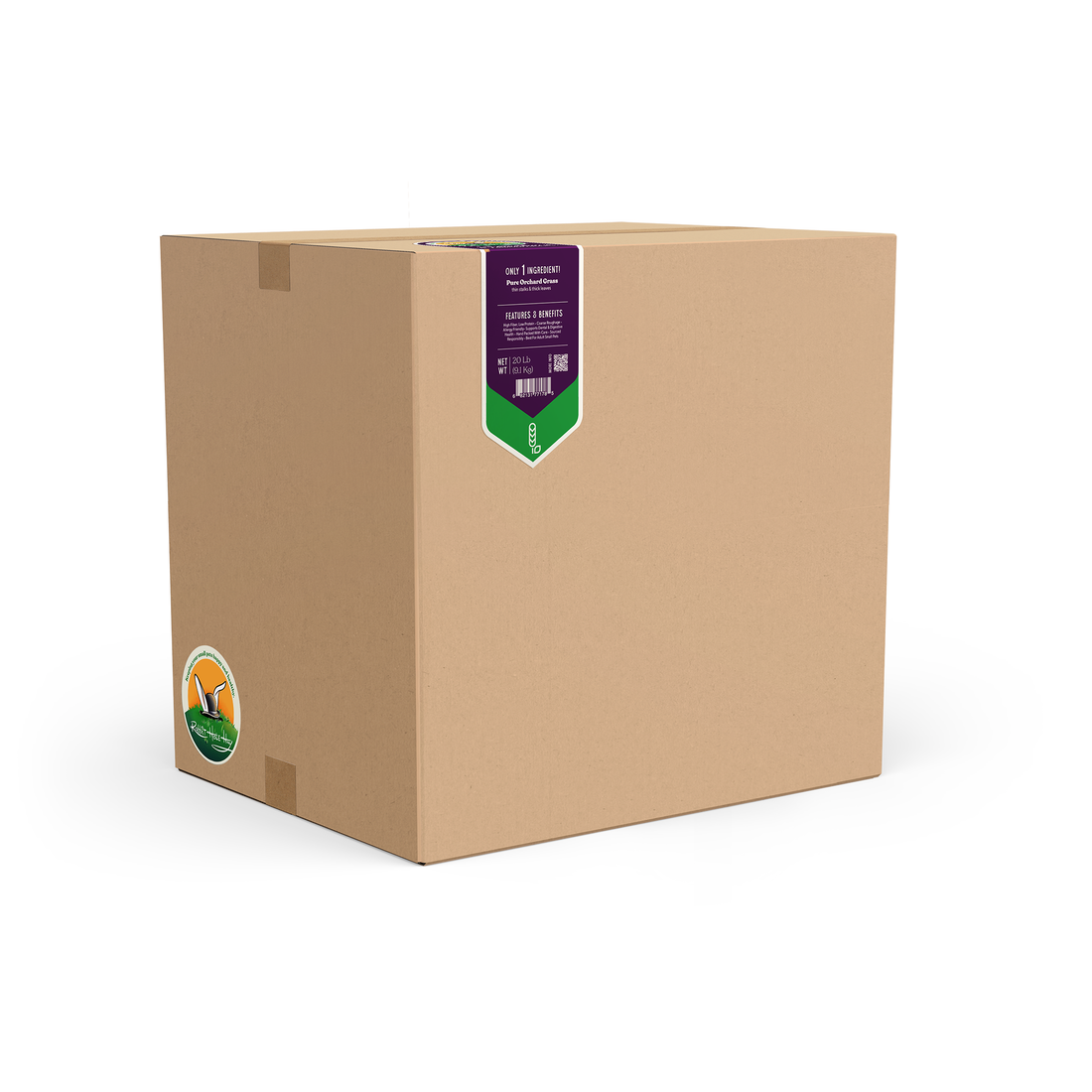

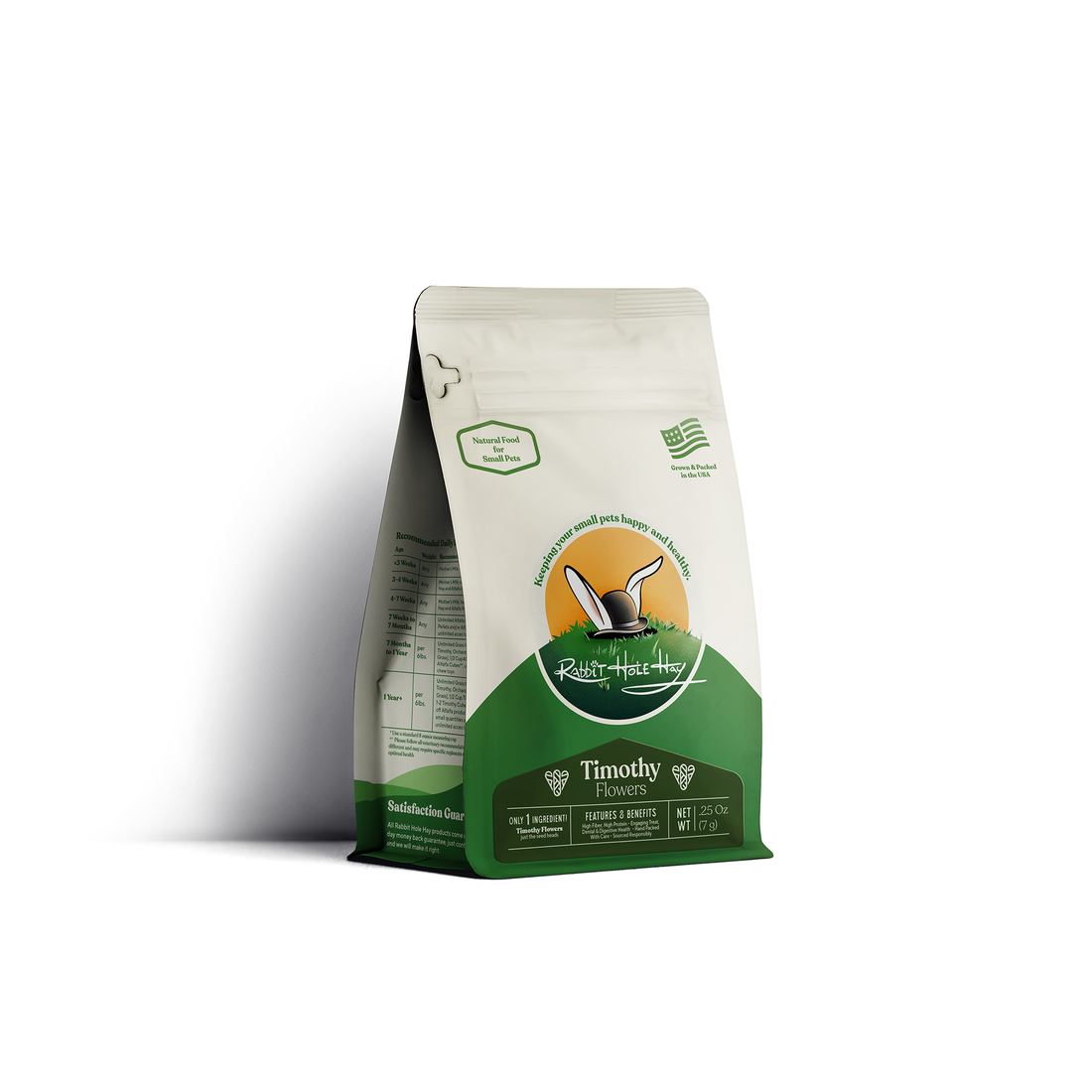

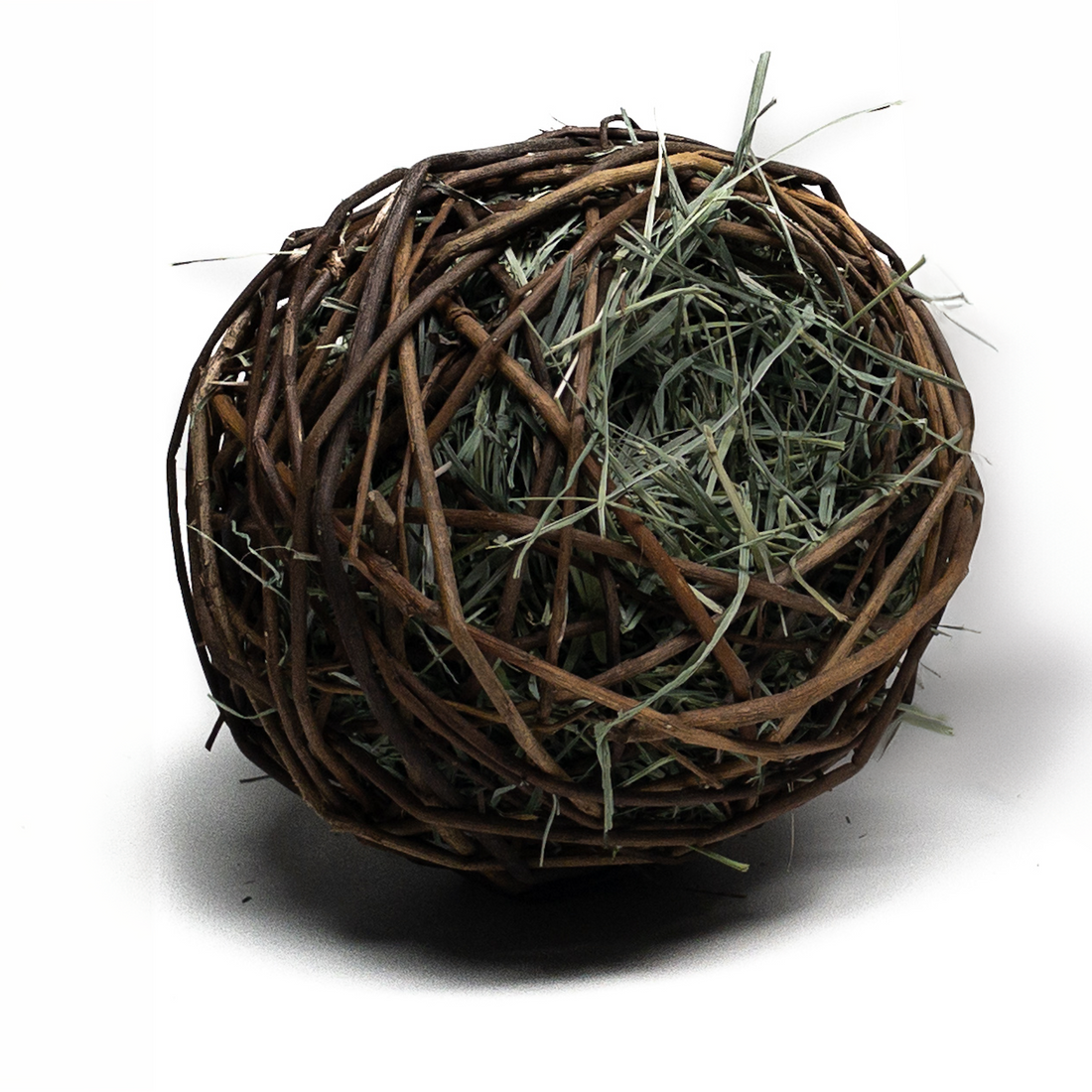
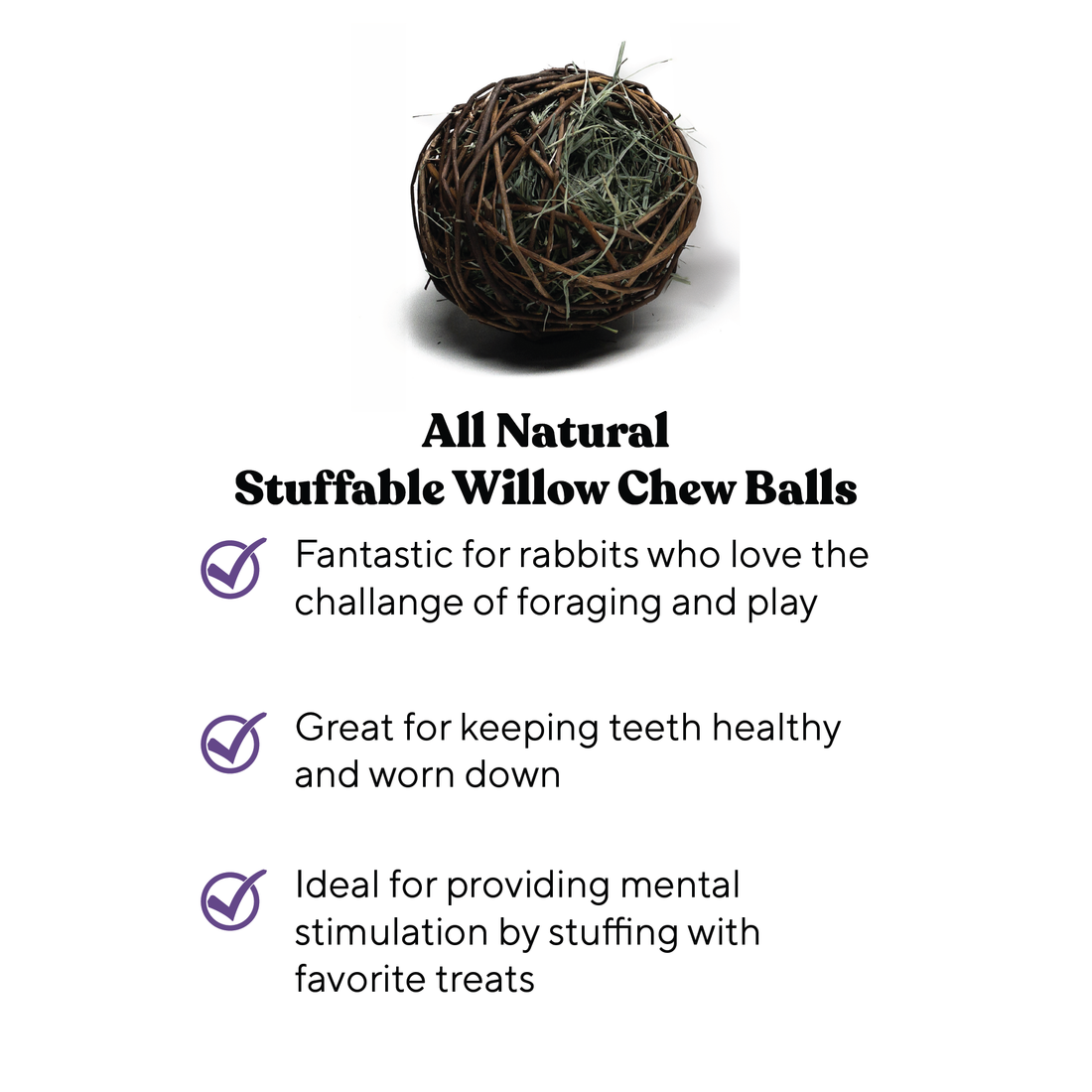
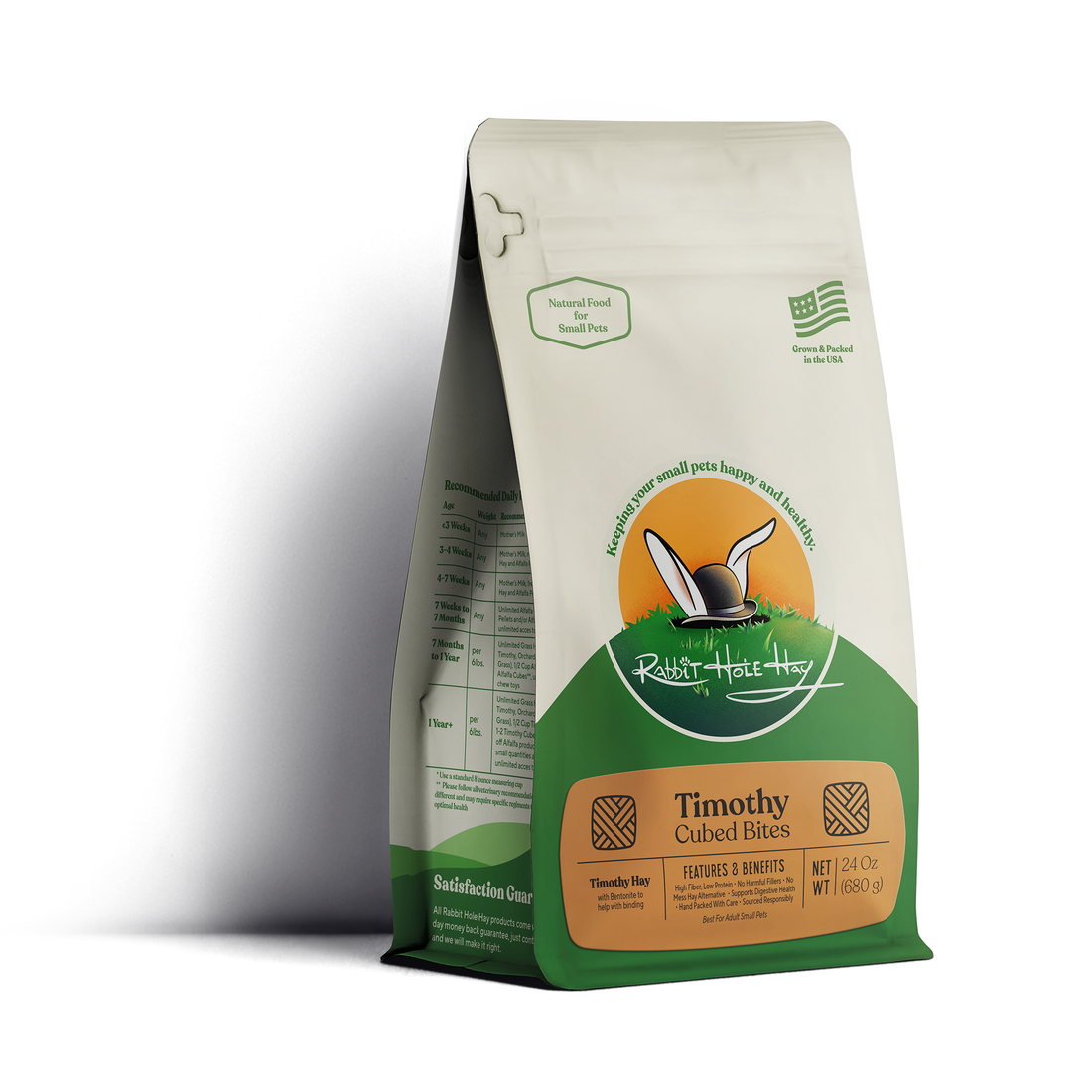


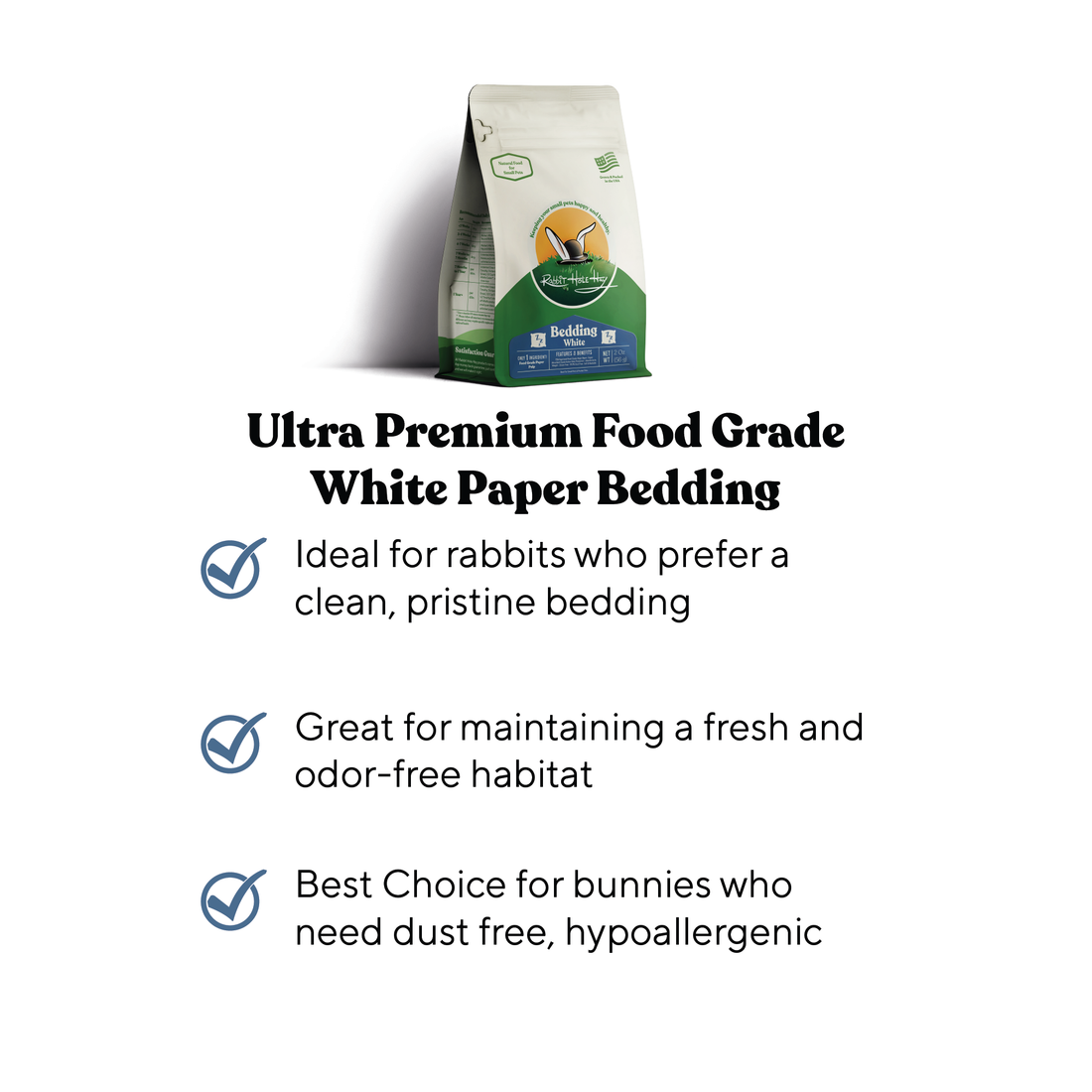



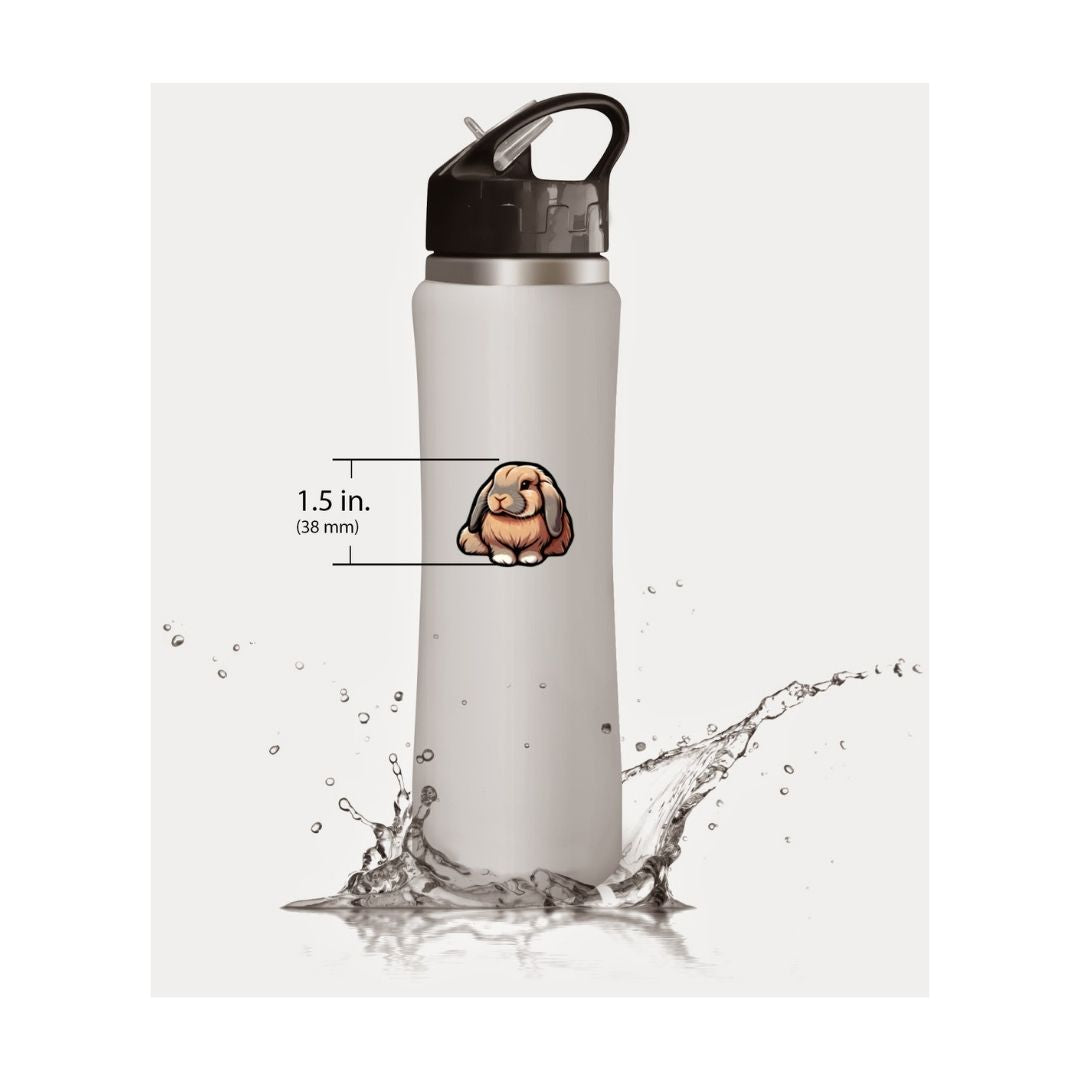
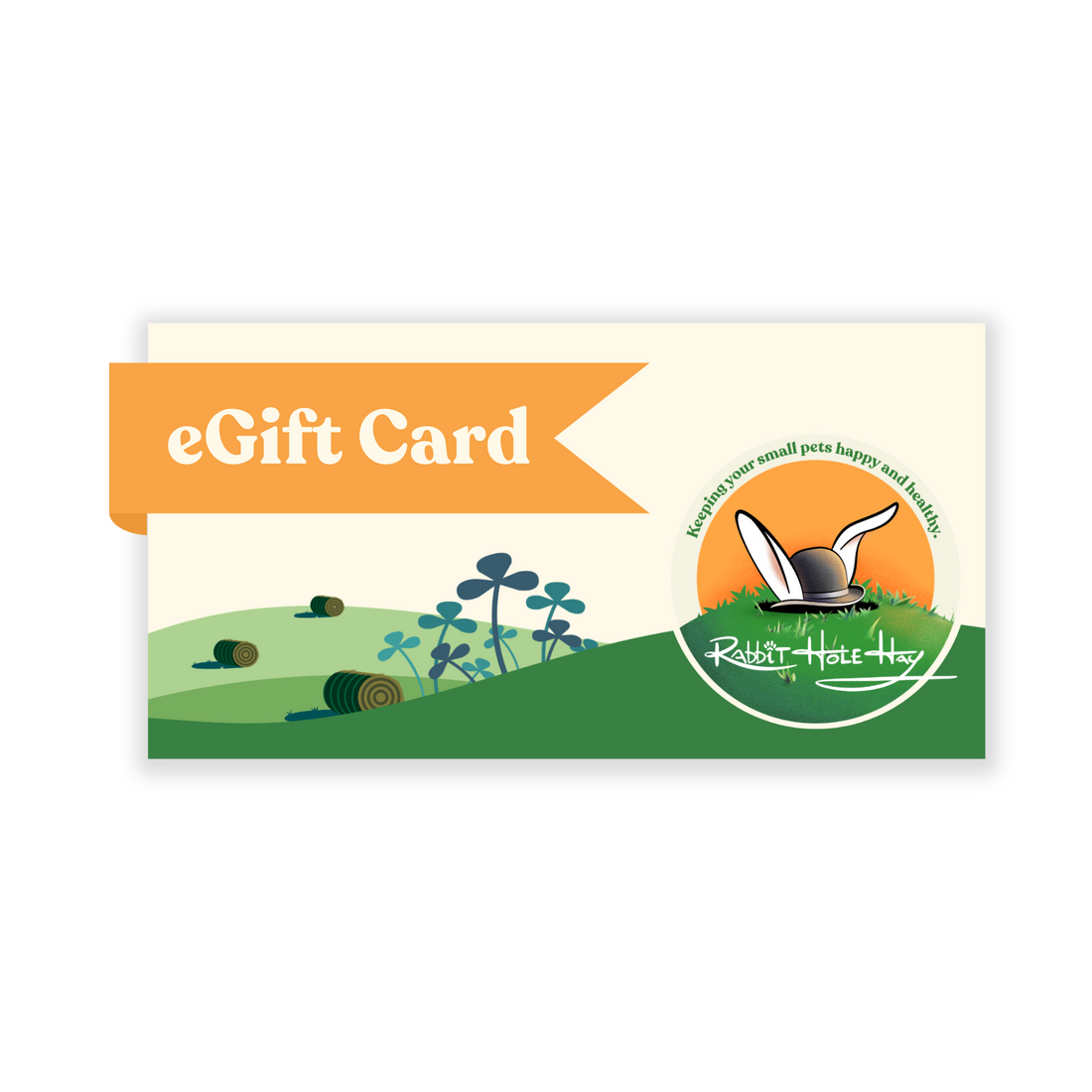
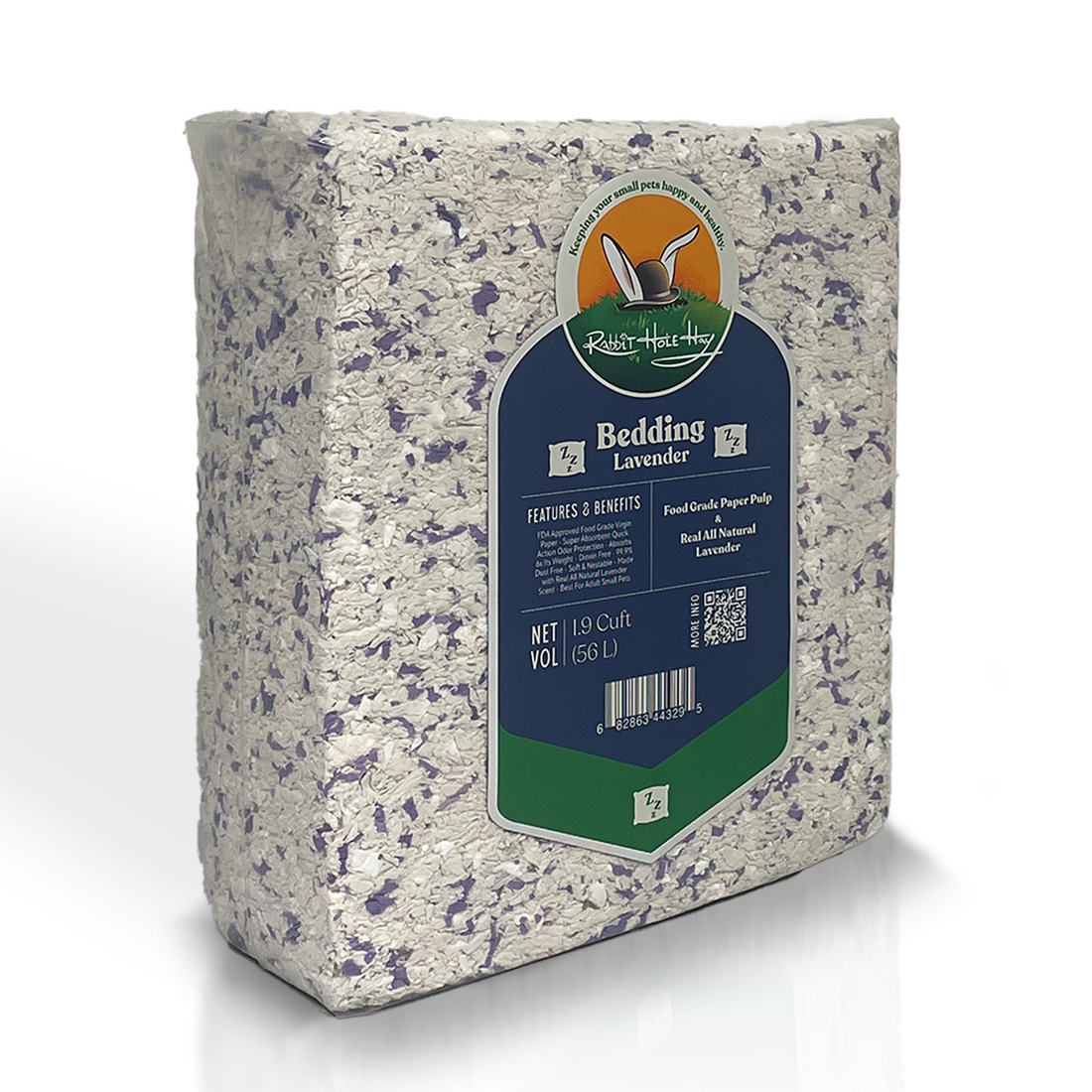


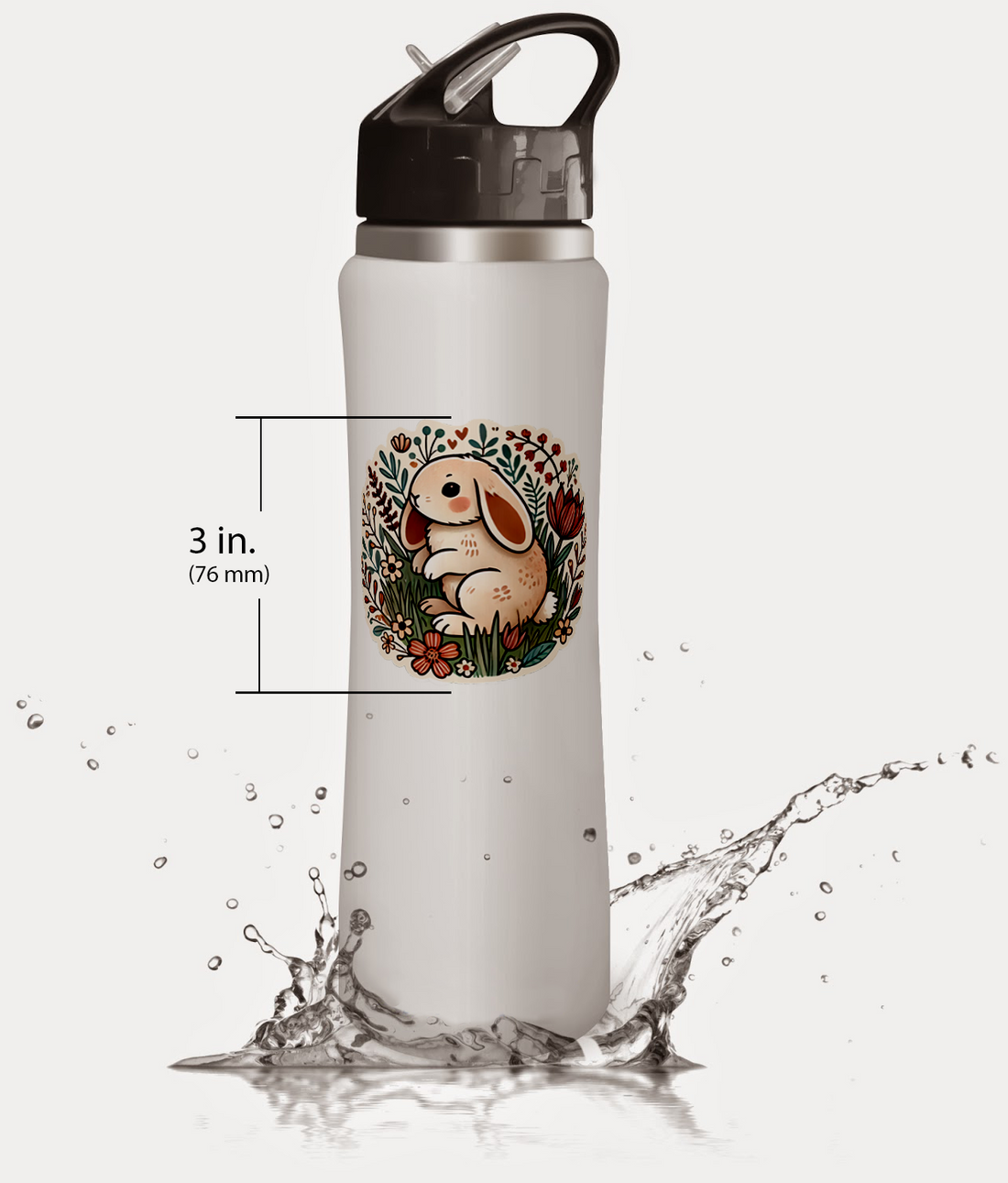



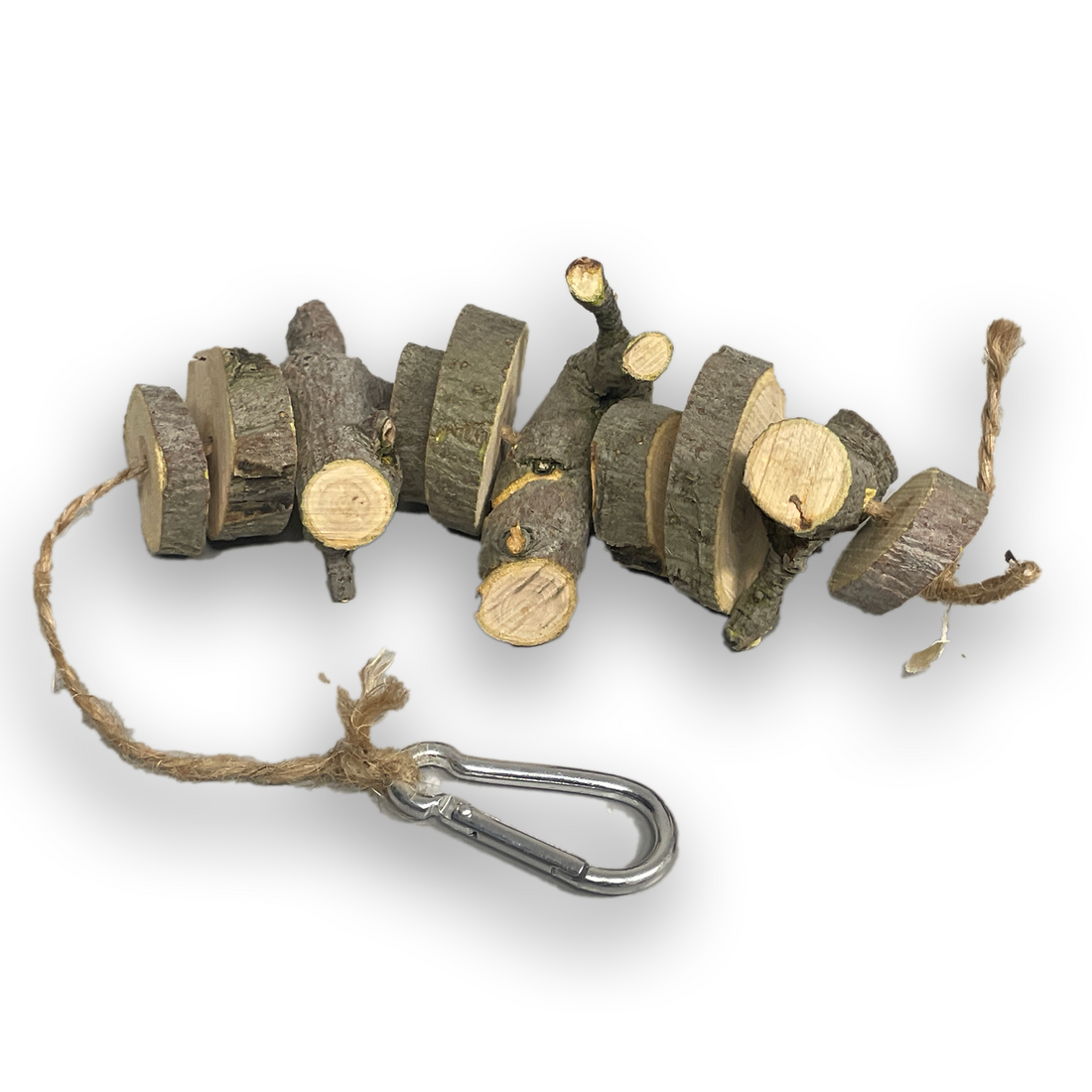


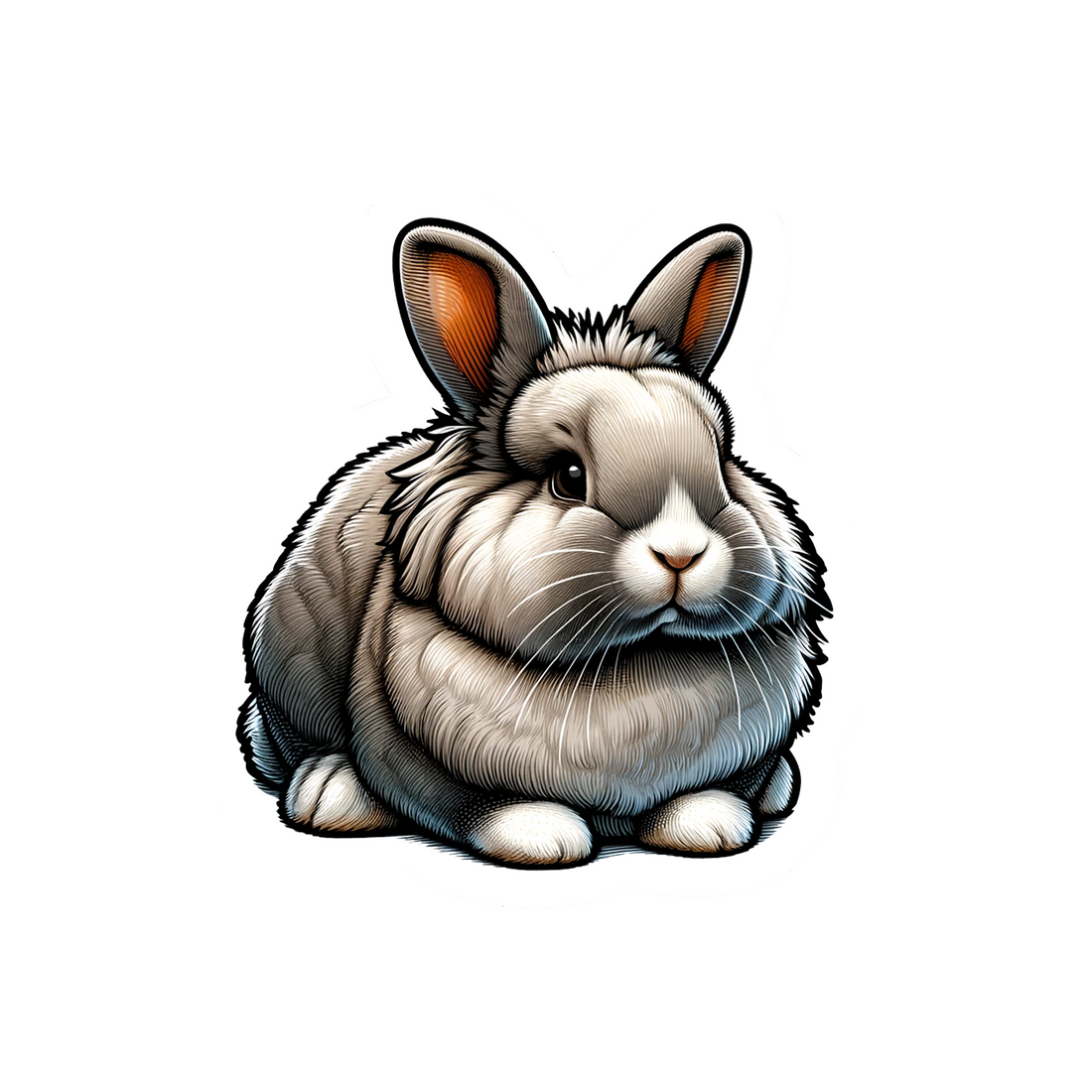
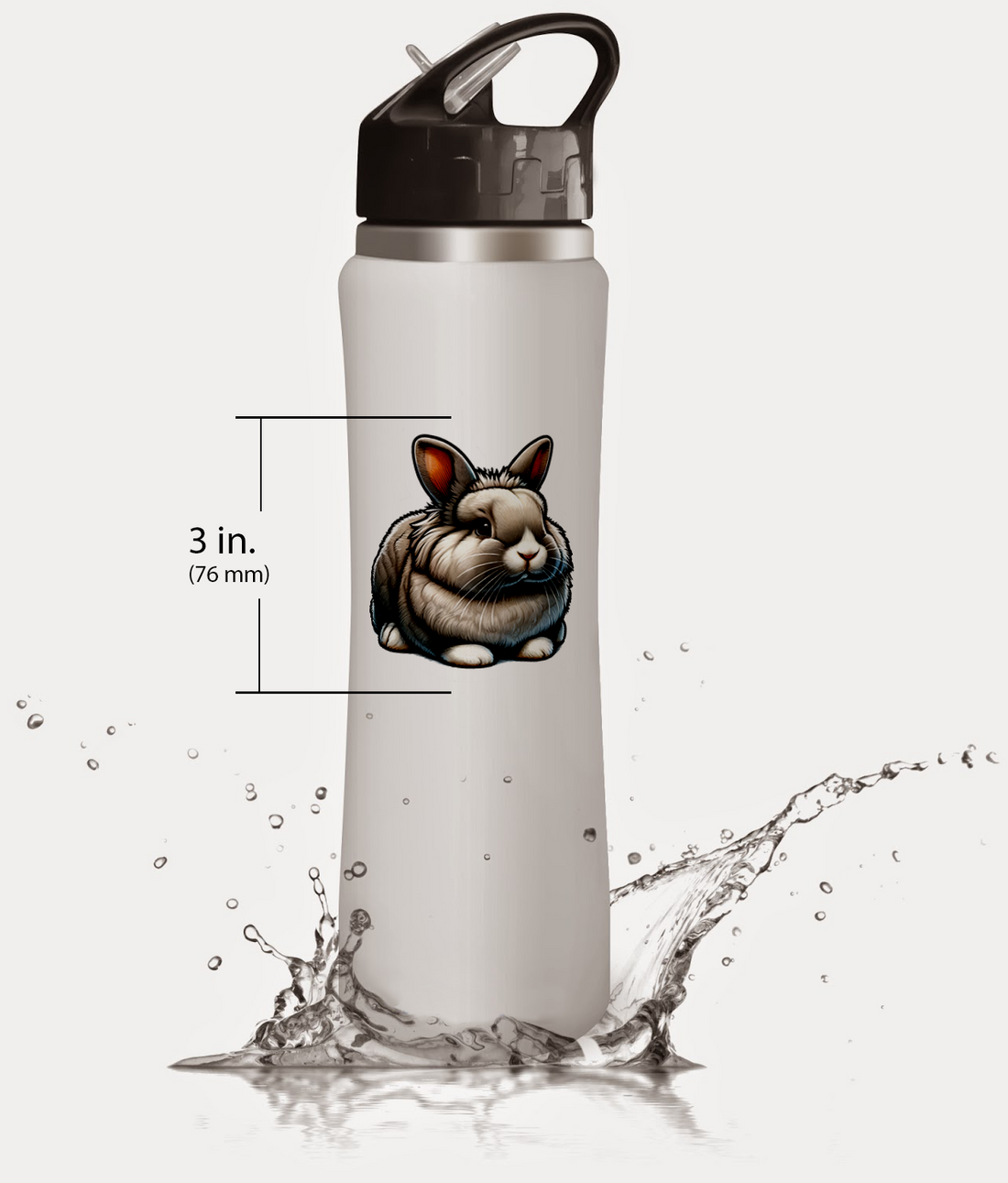

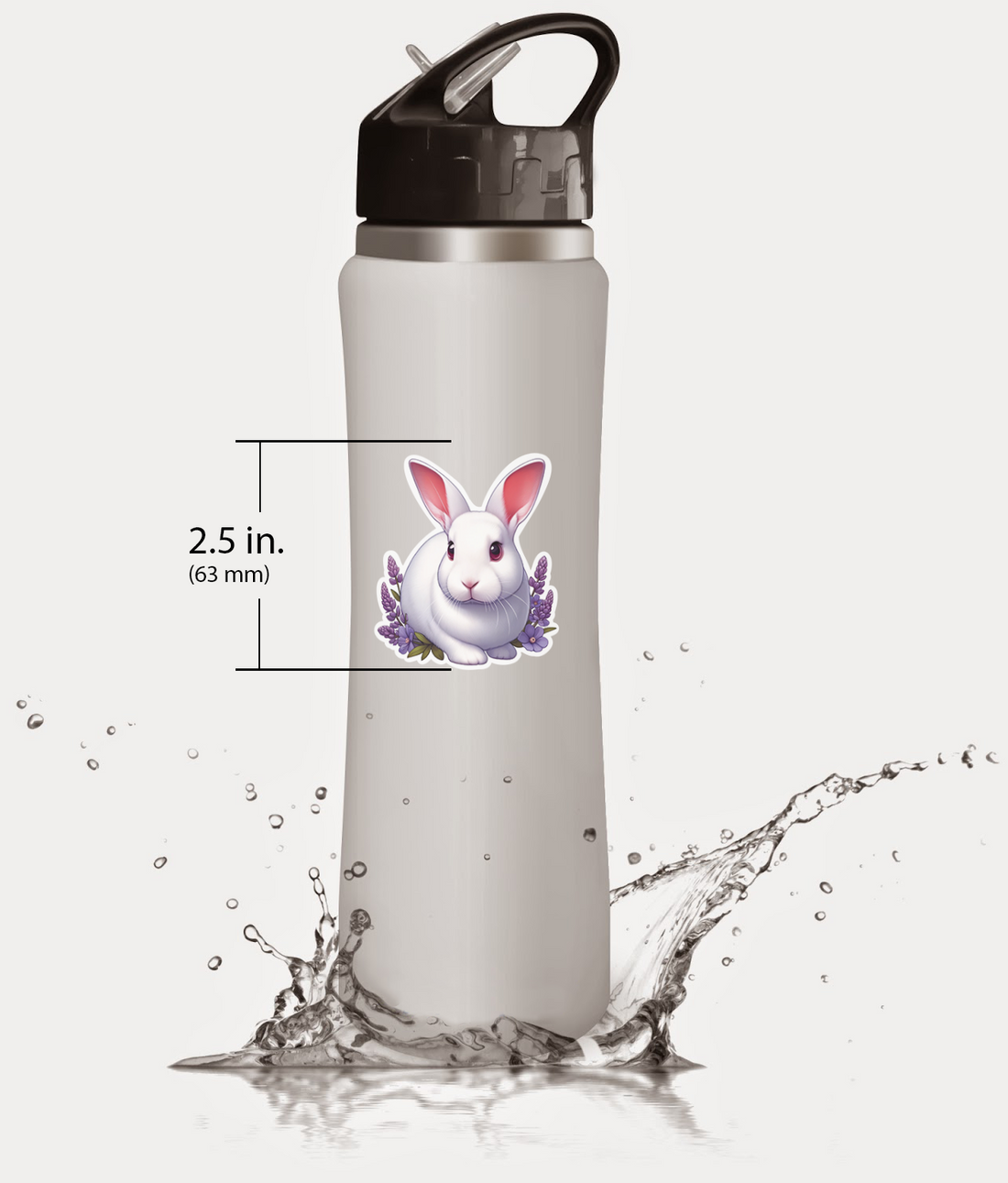
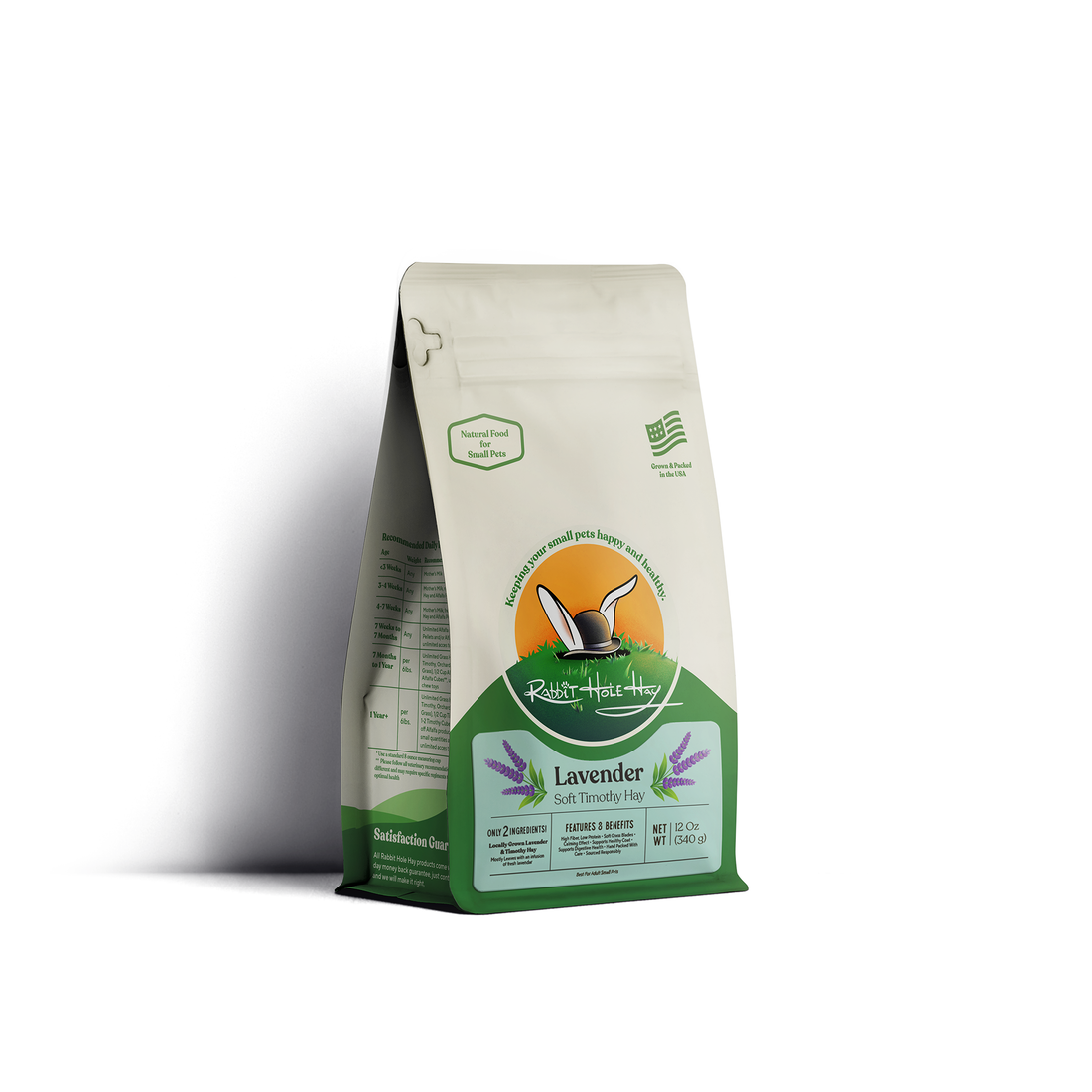
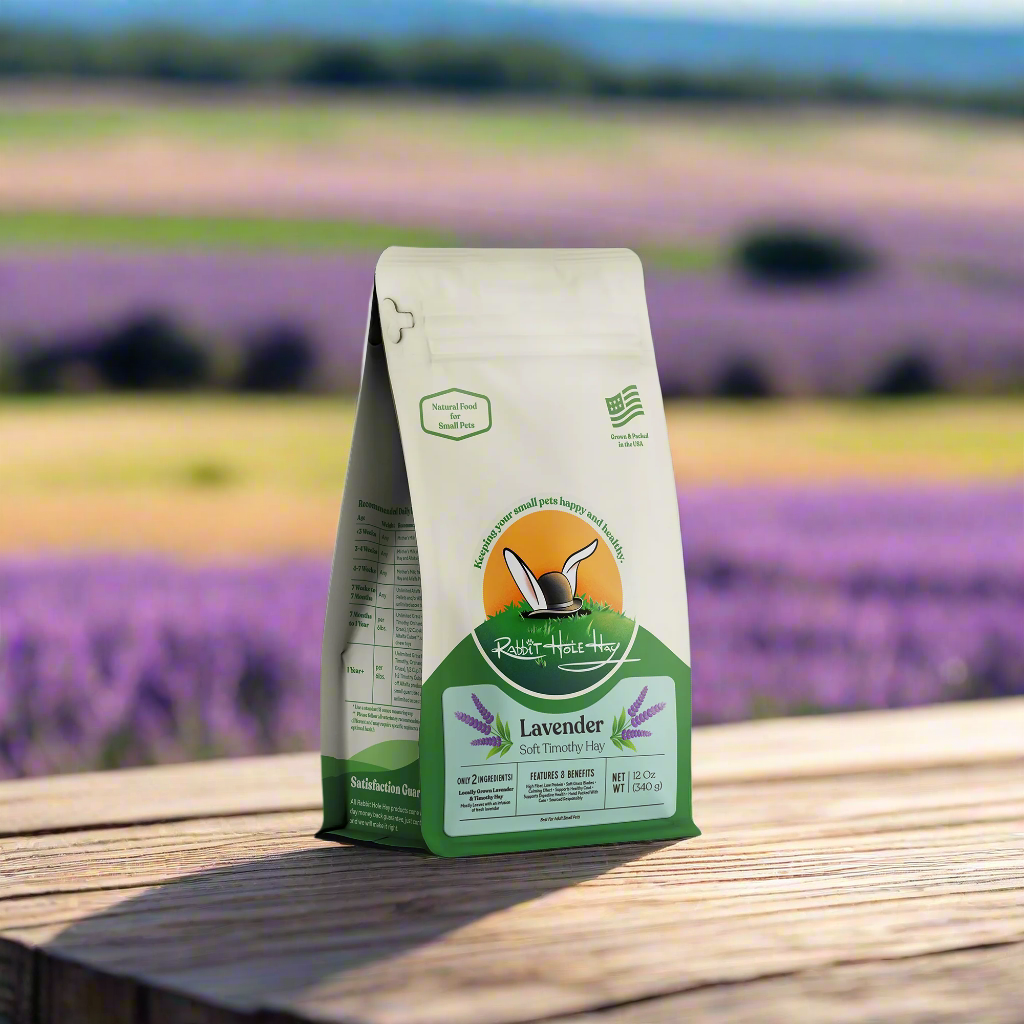
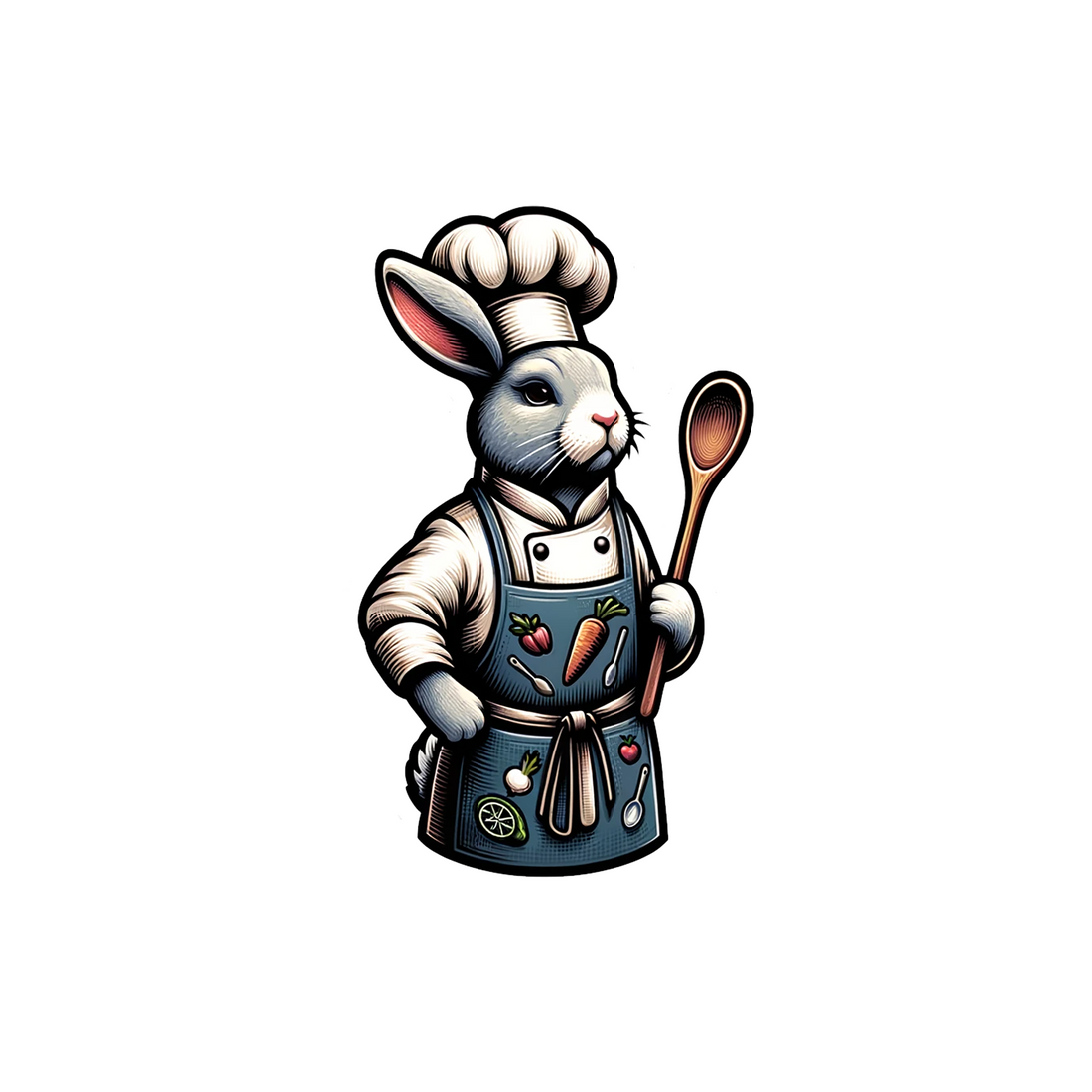
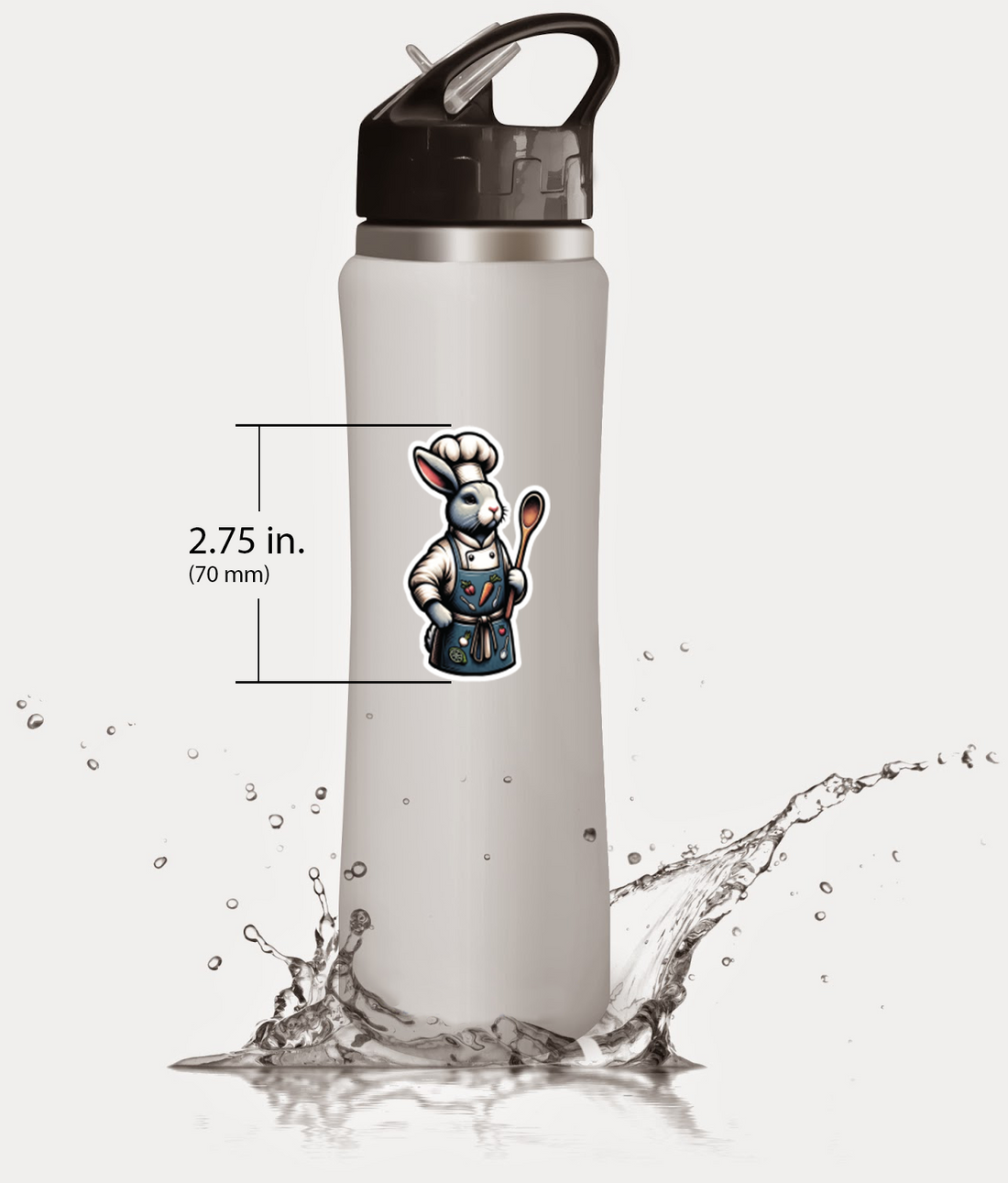


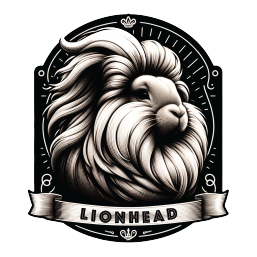



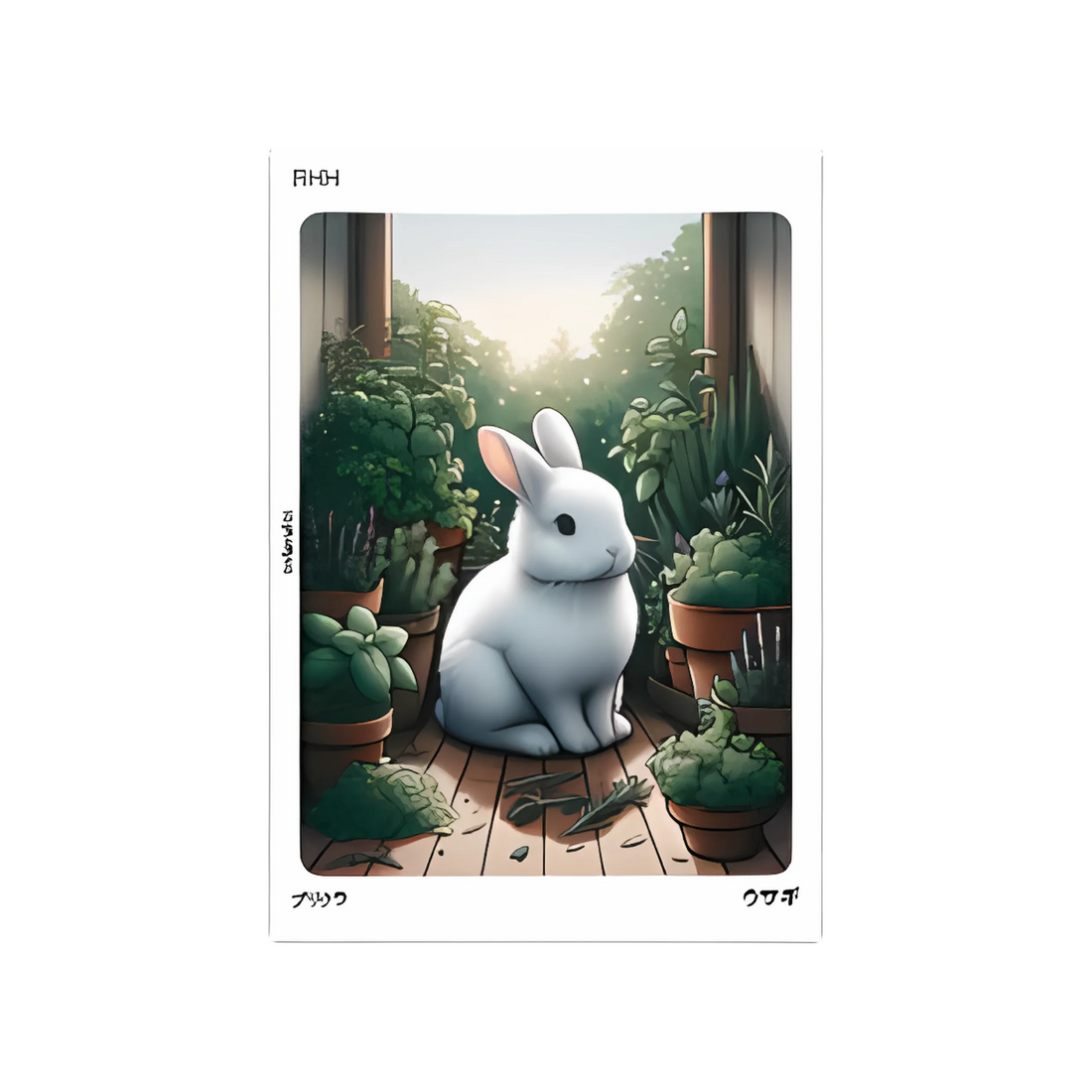

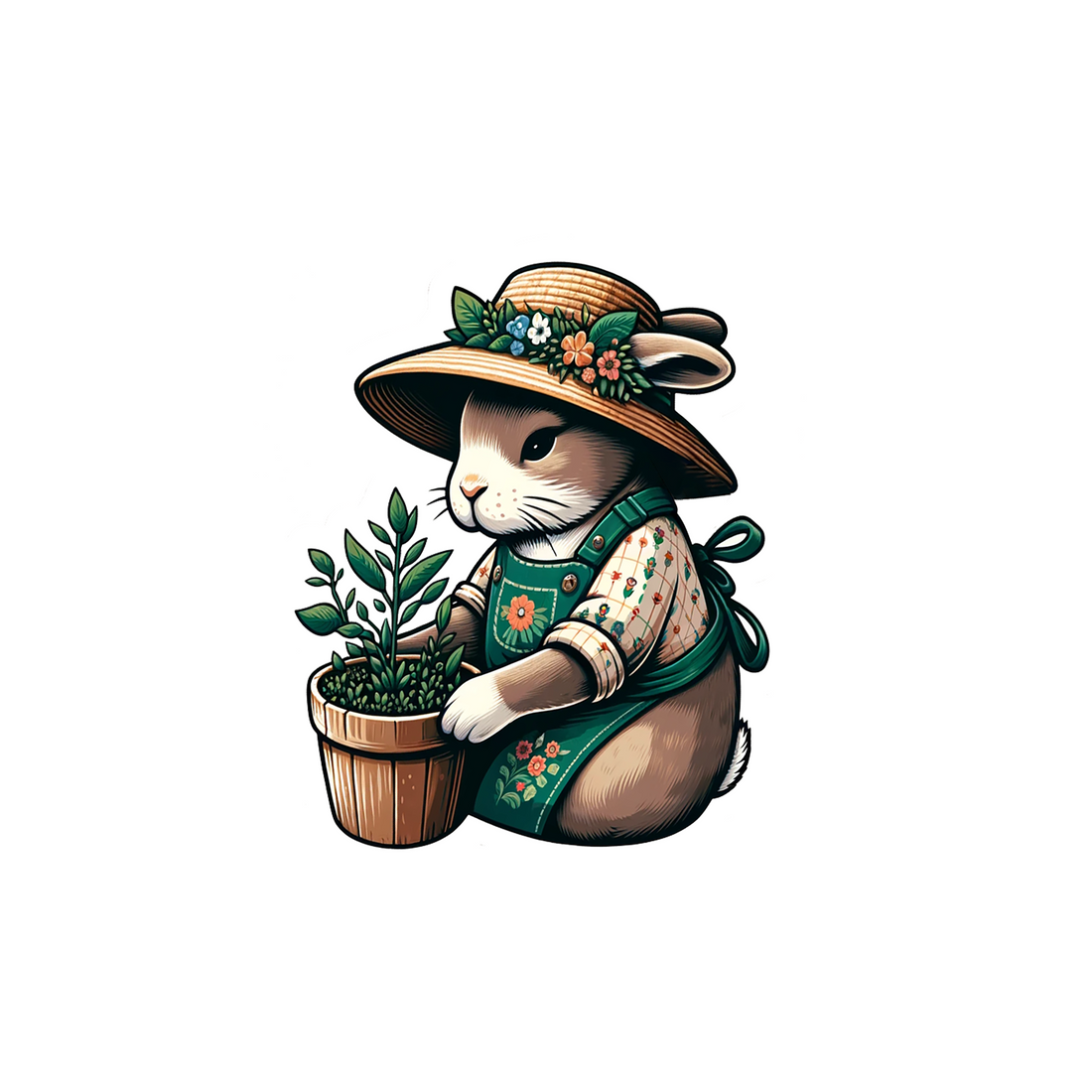
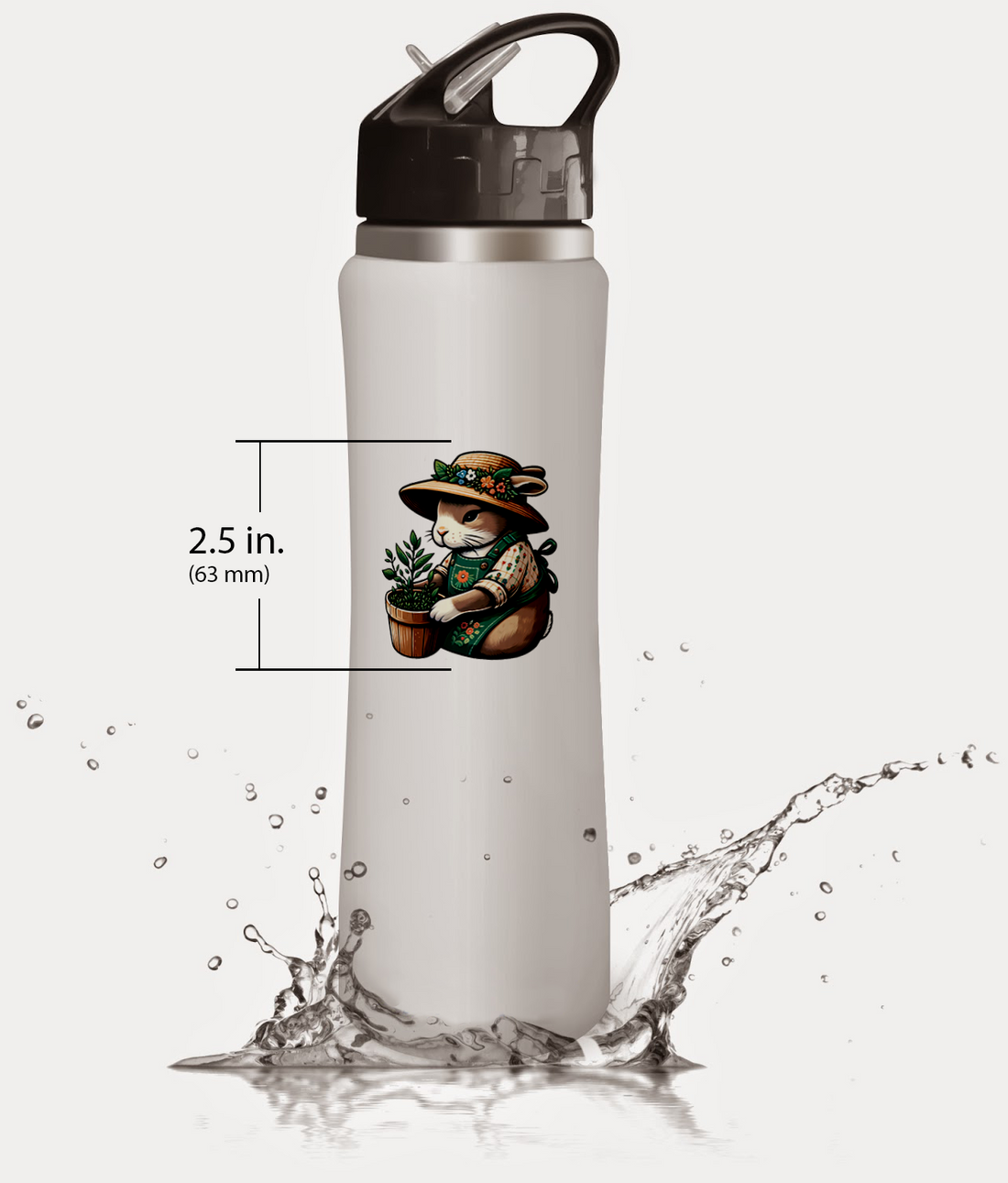

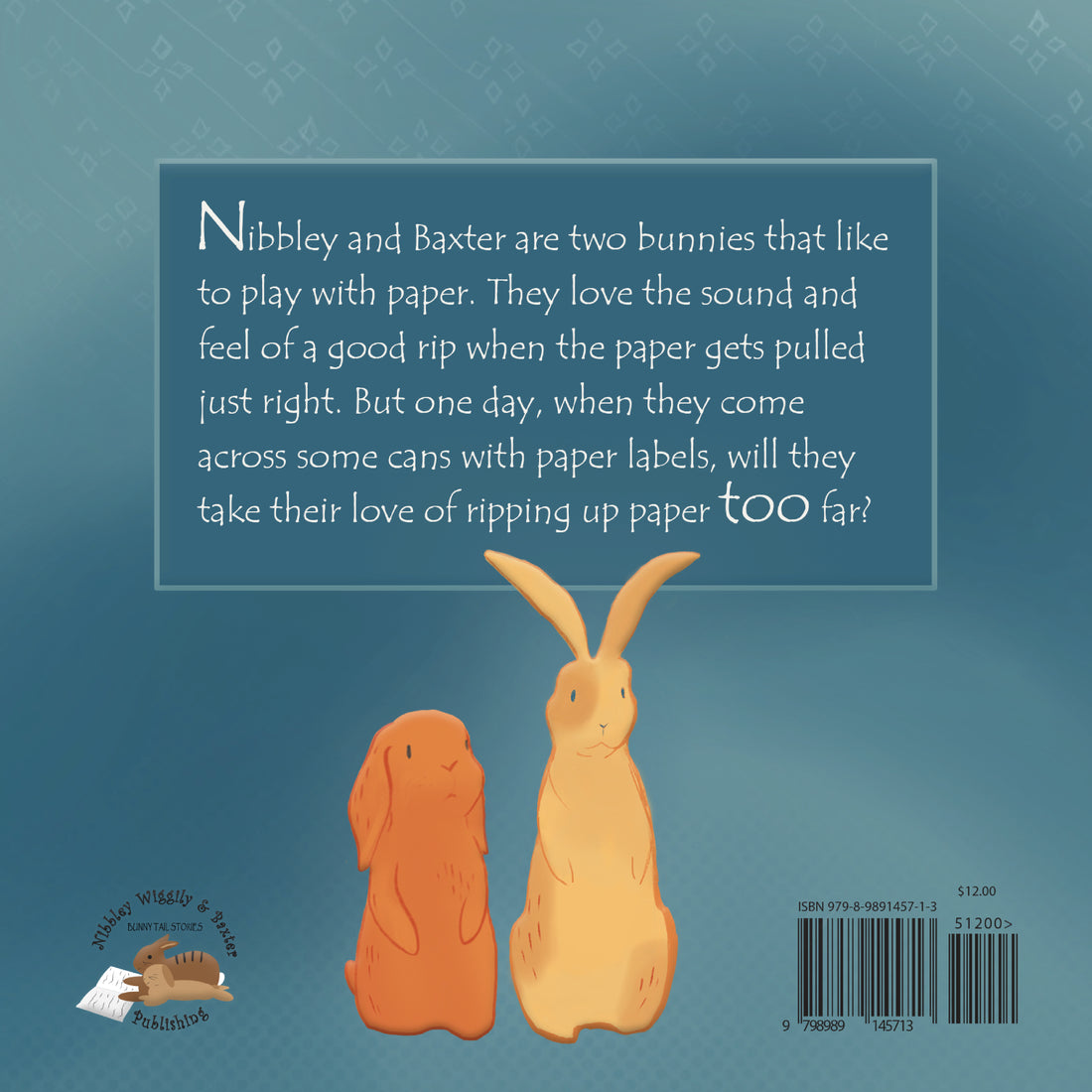

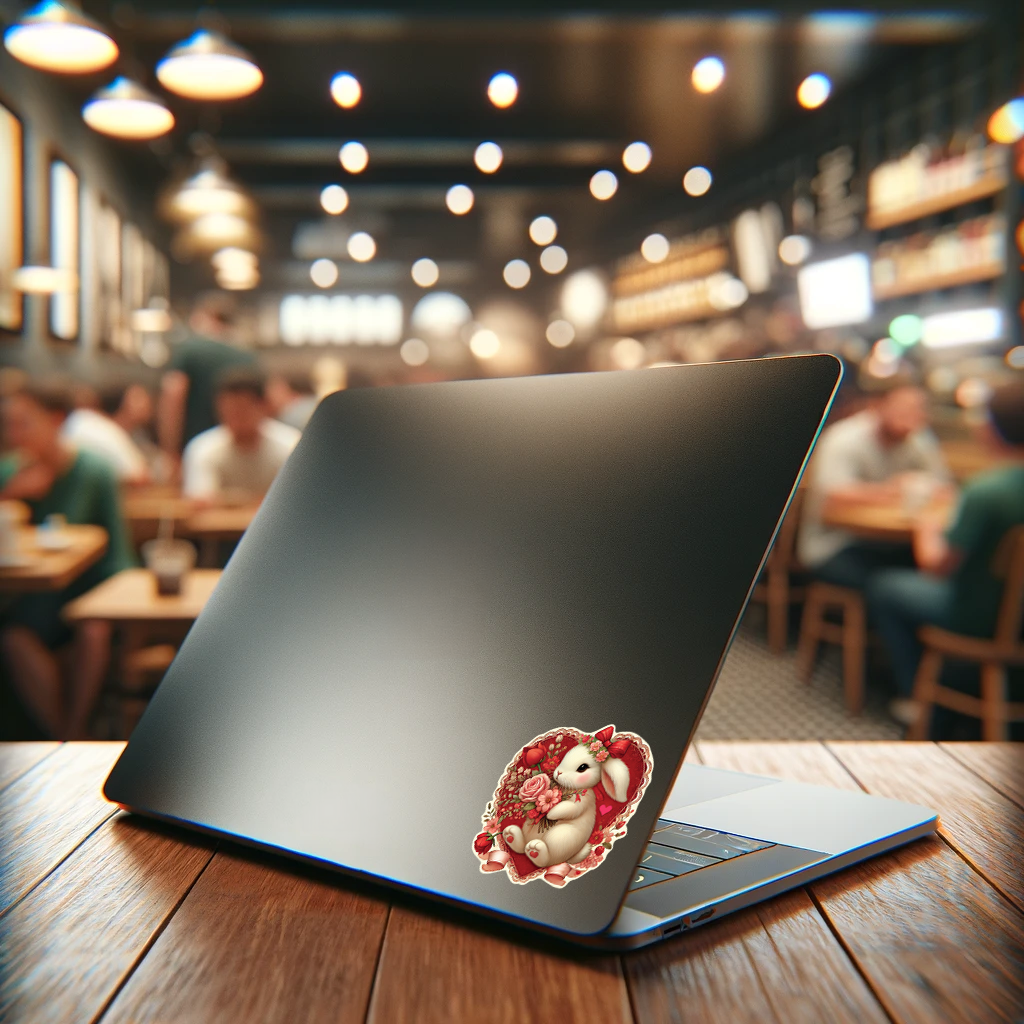




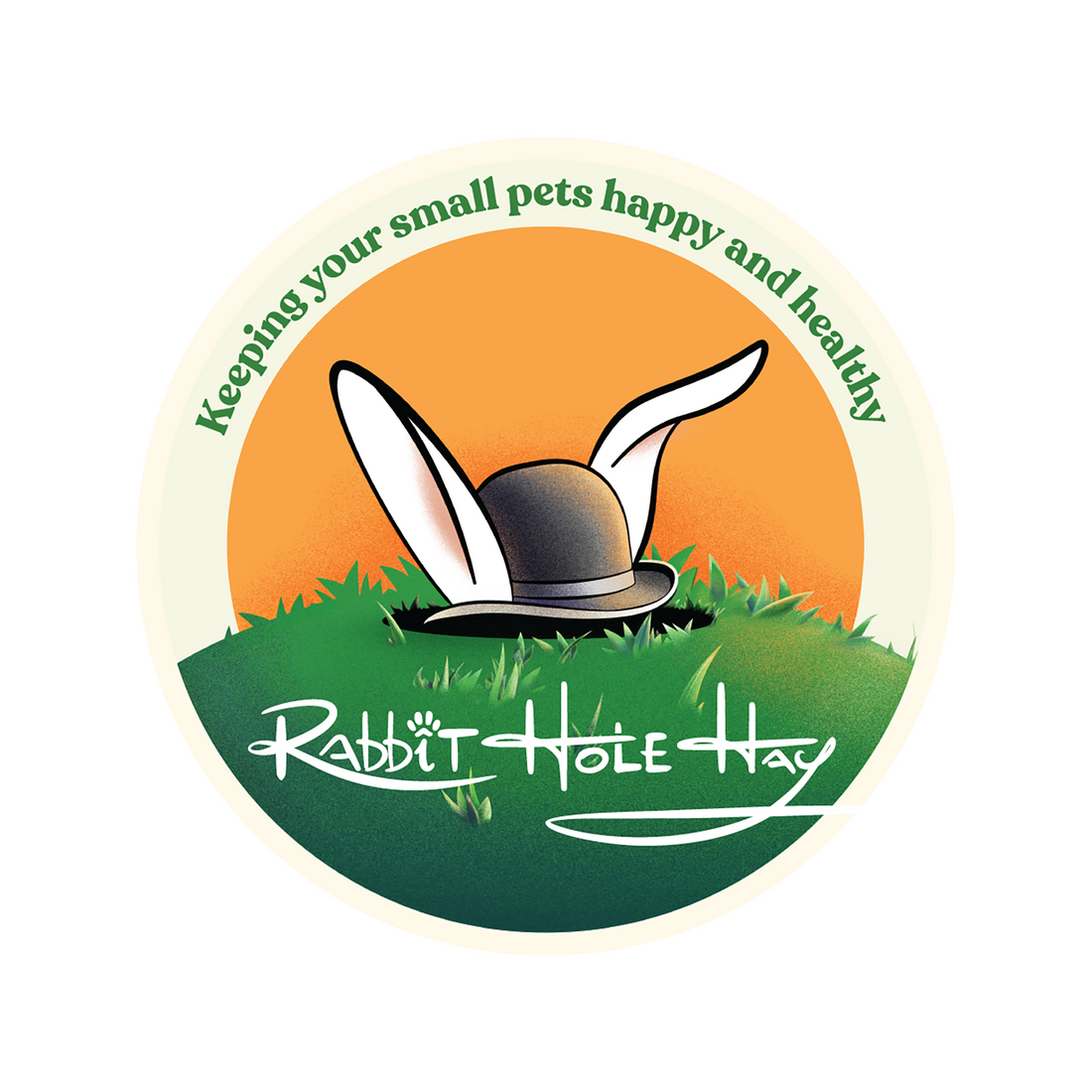
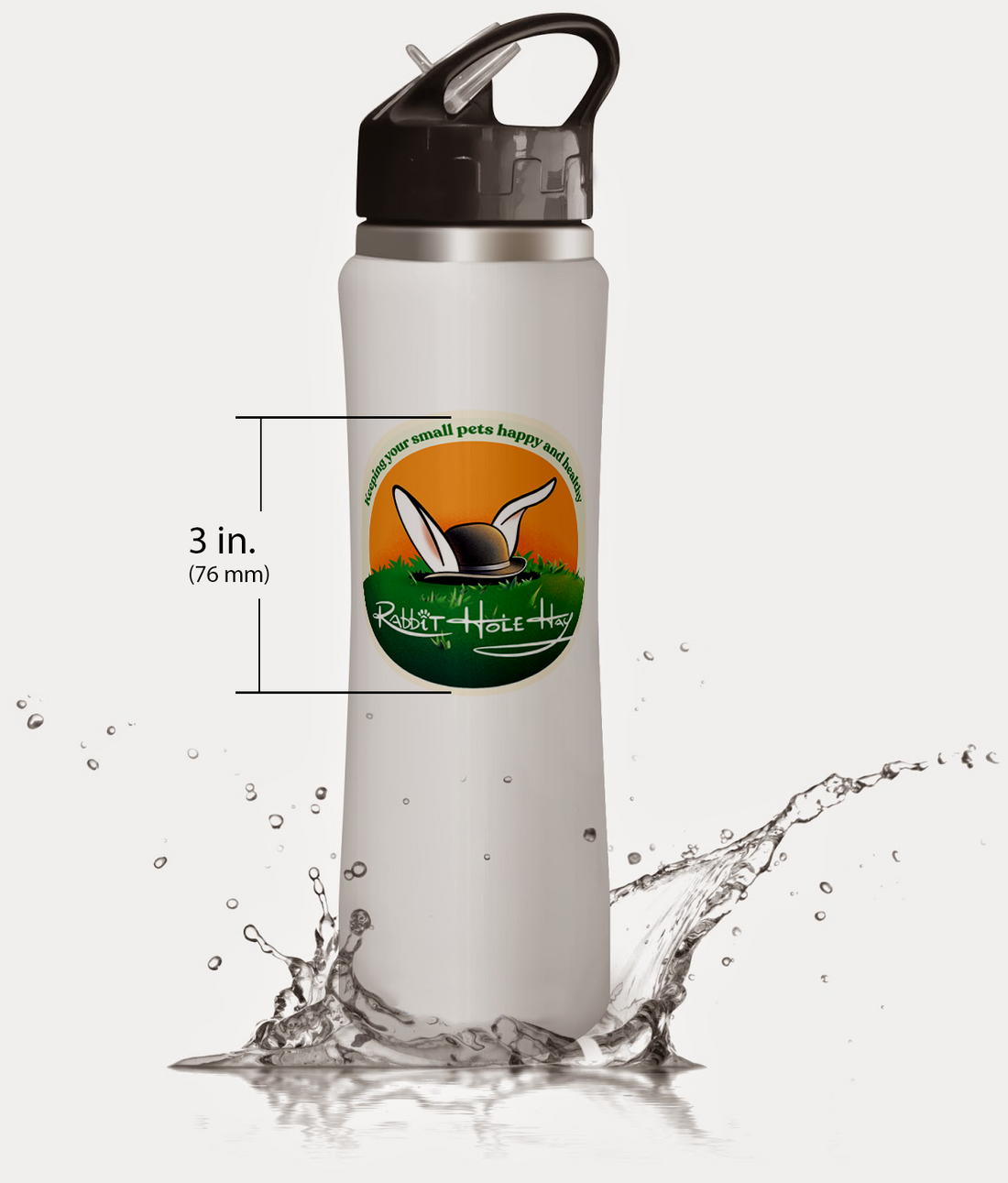


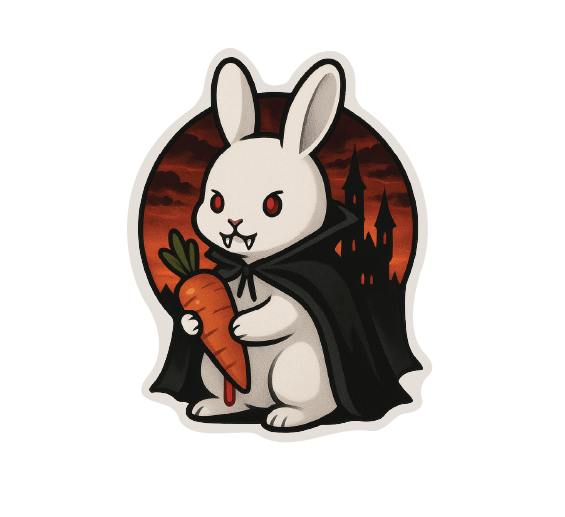





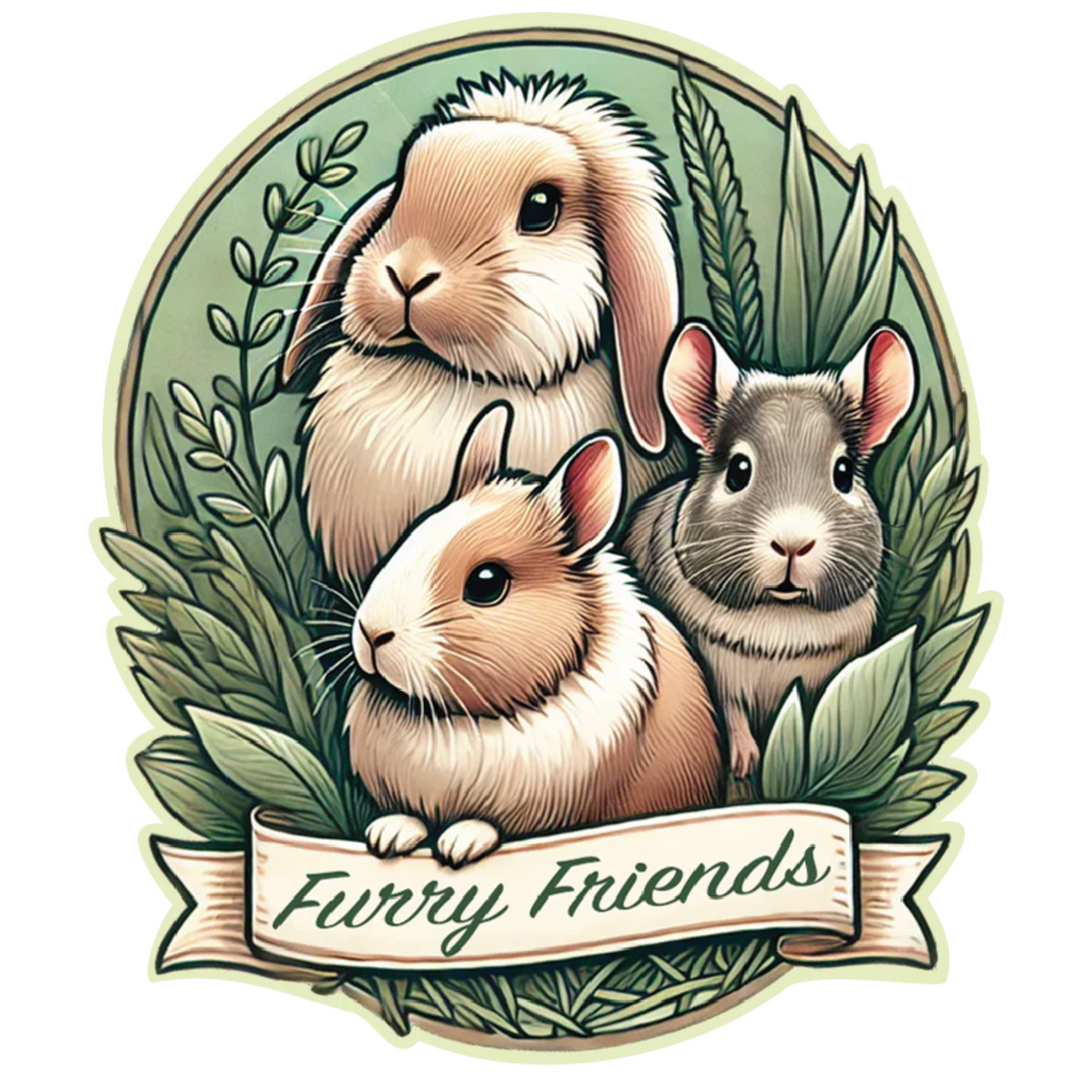
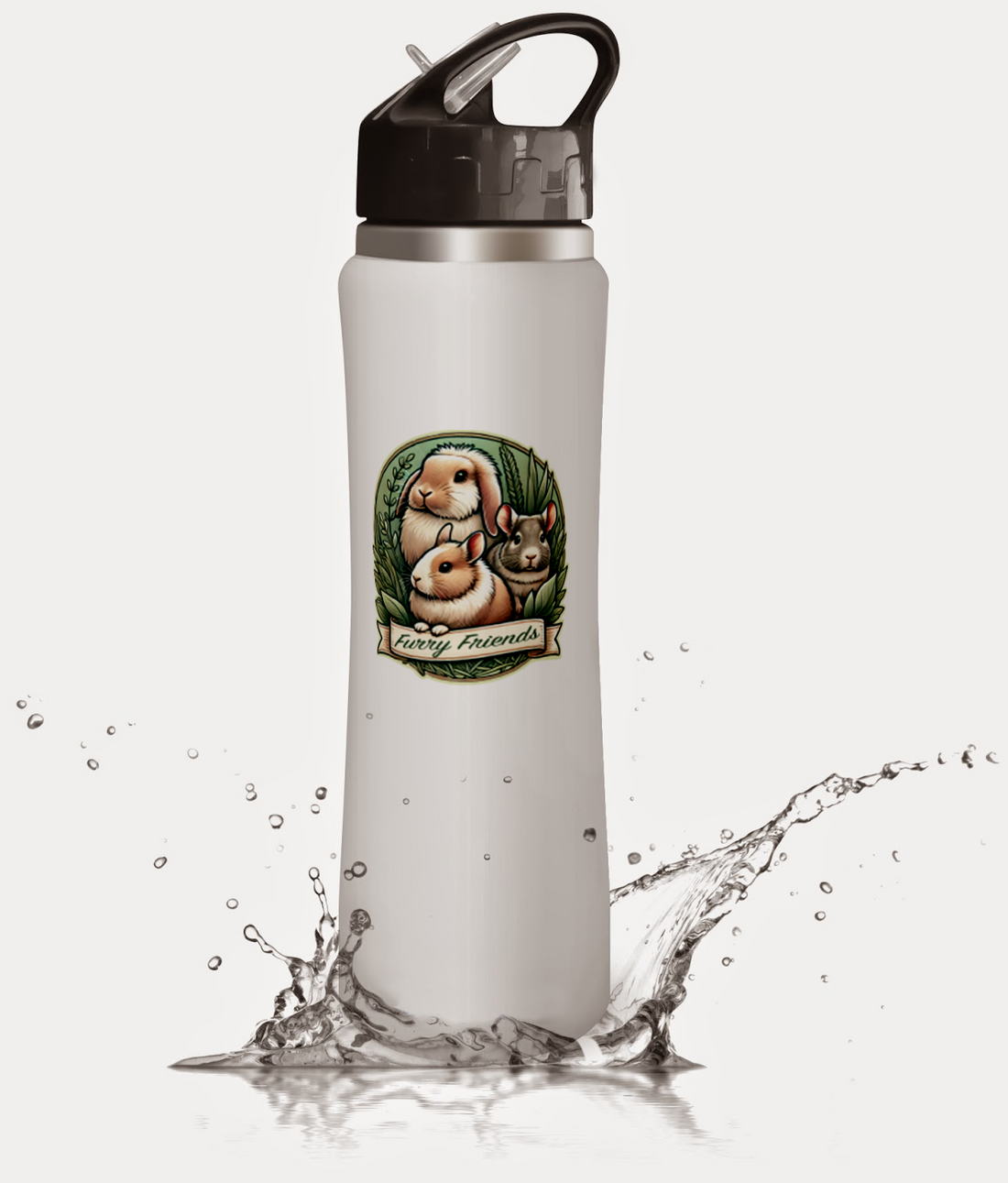

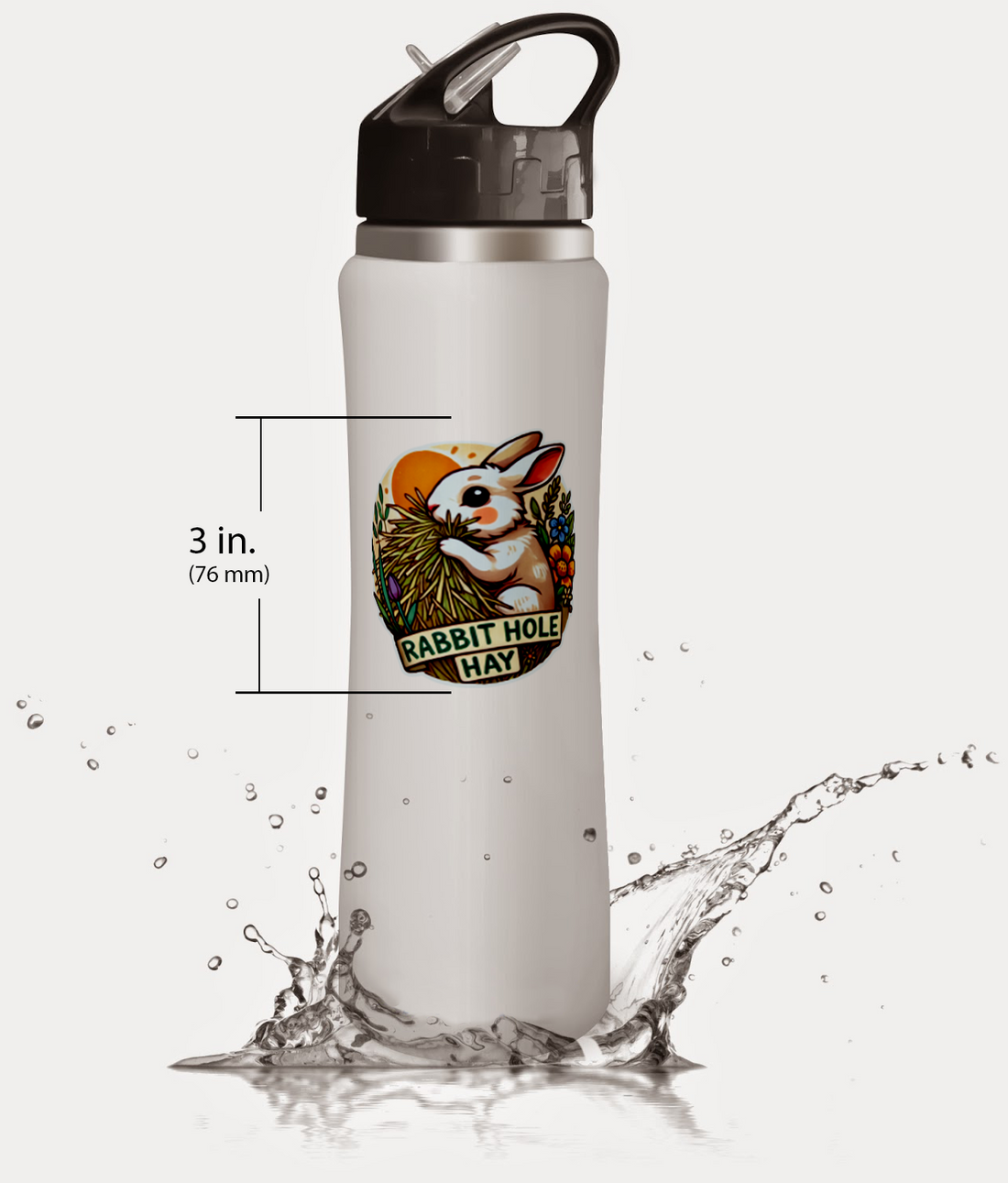

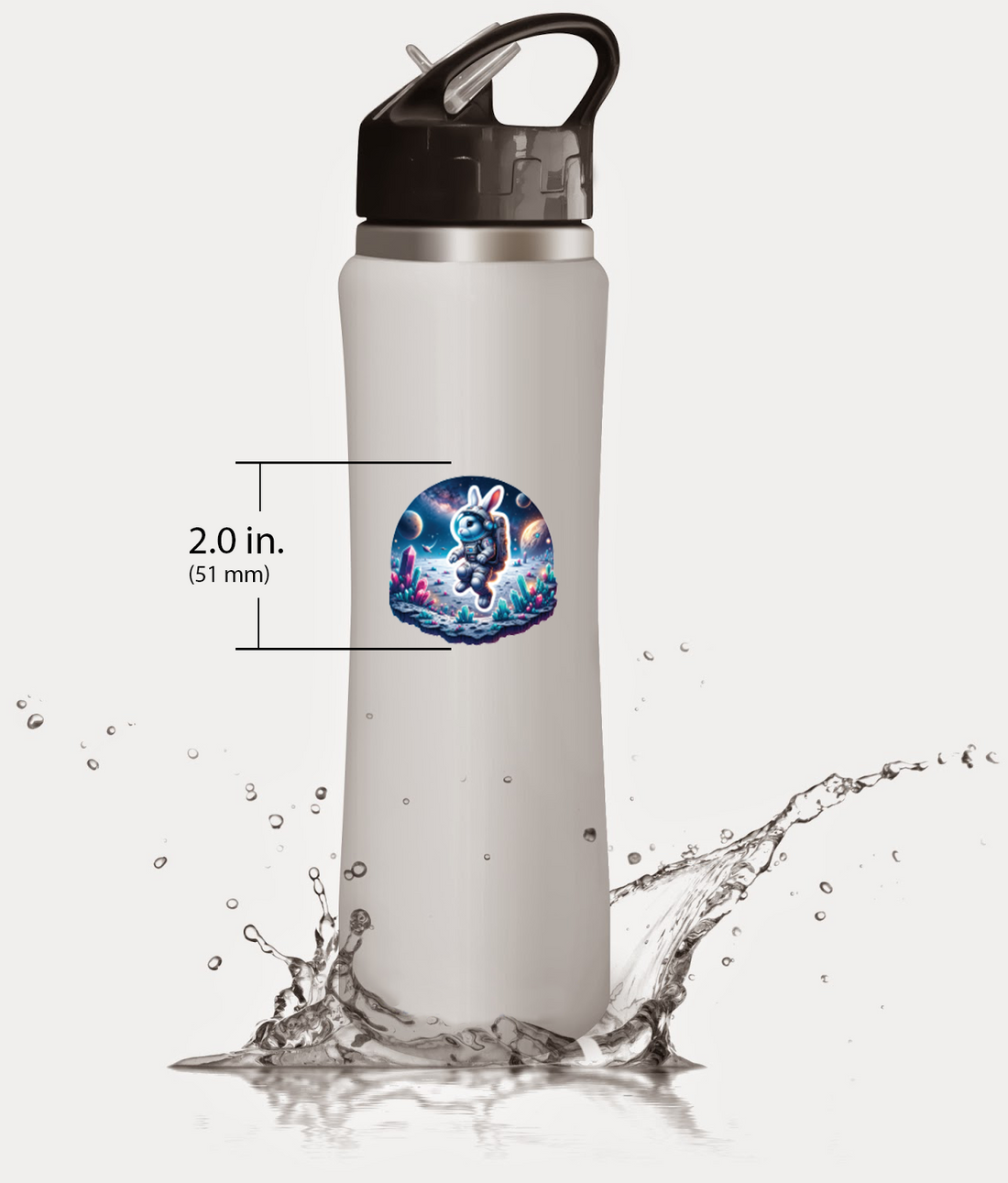

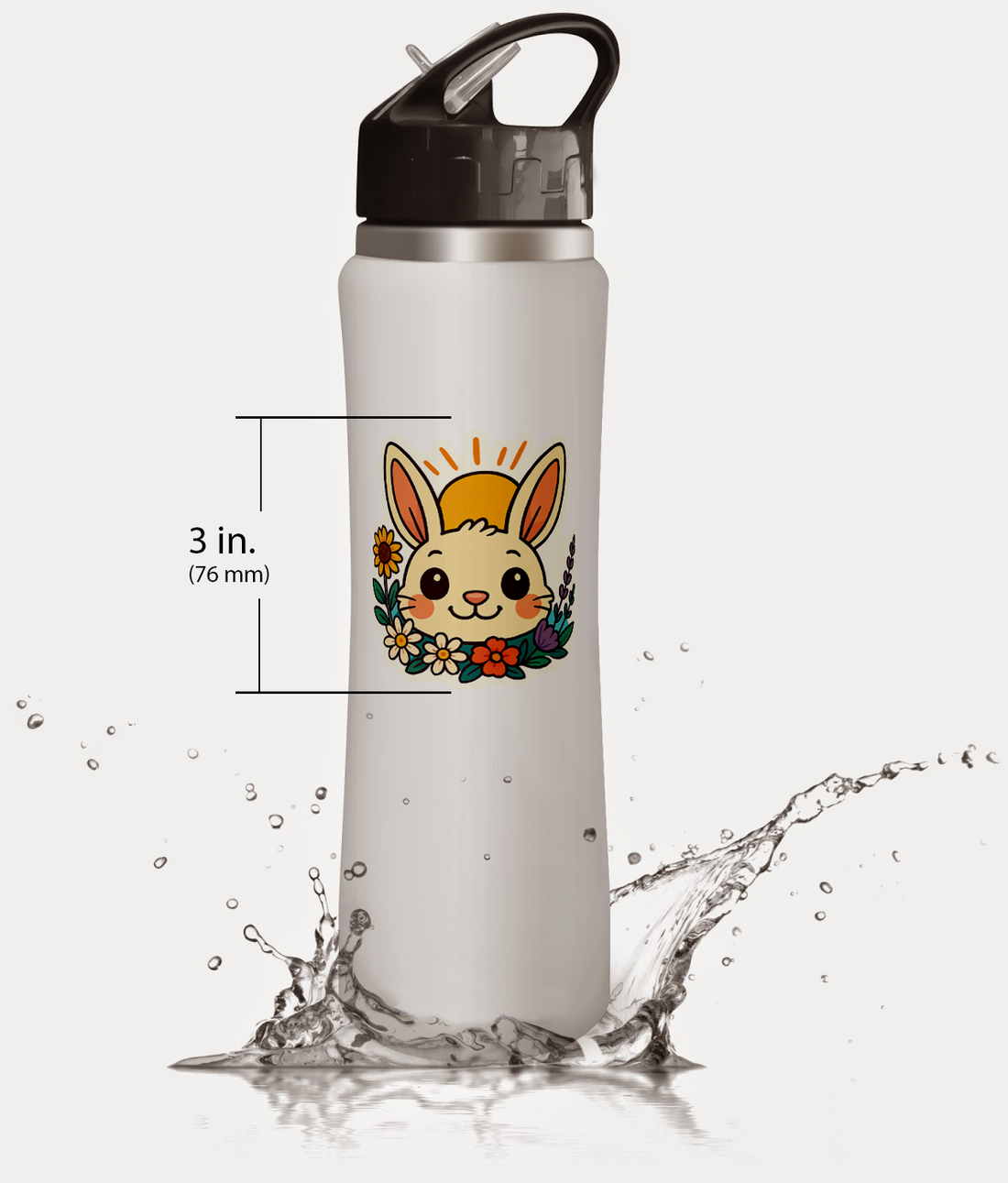



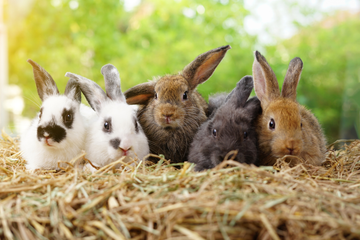





Comments